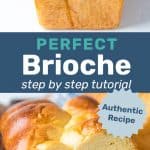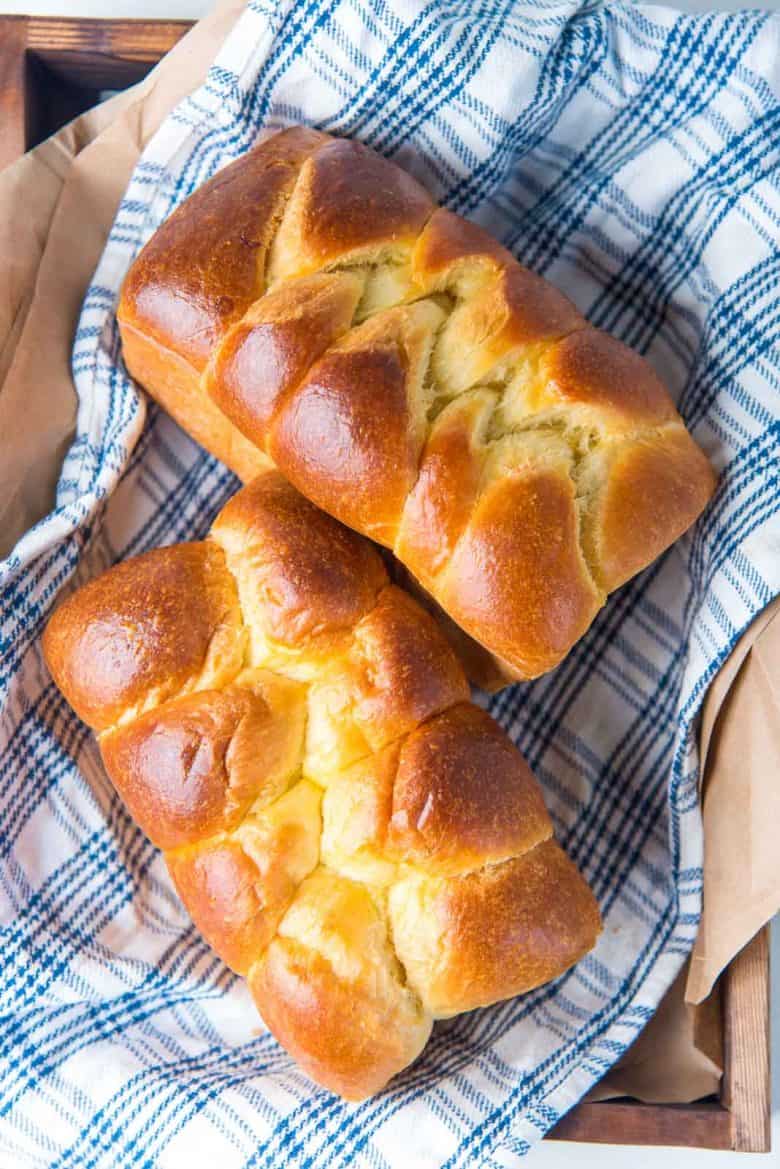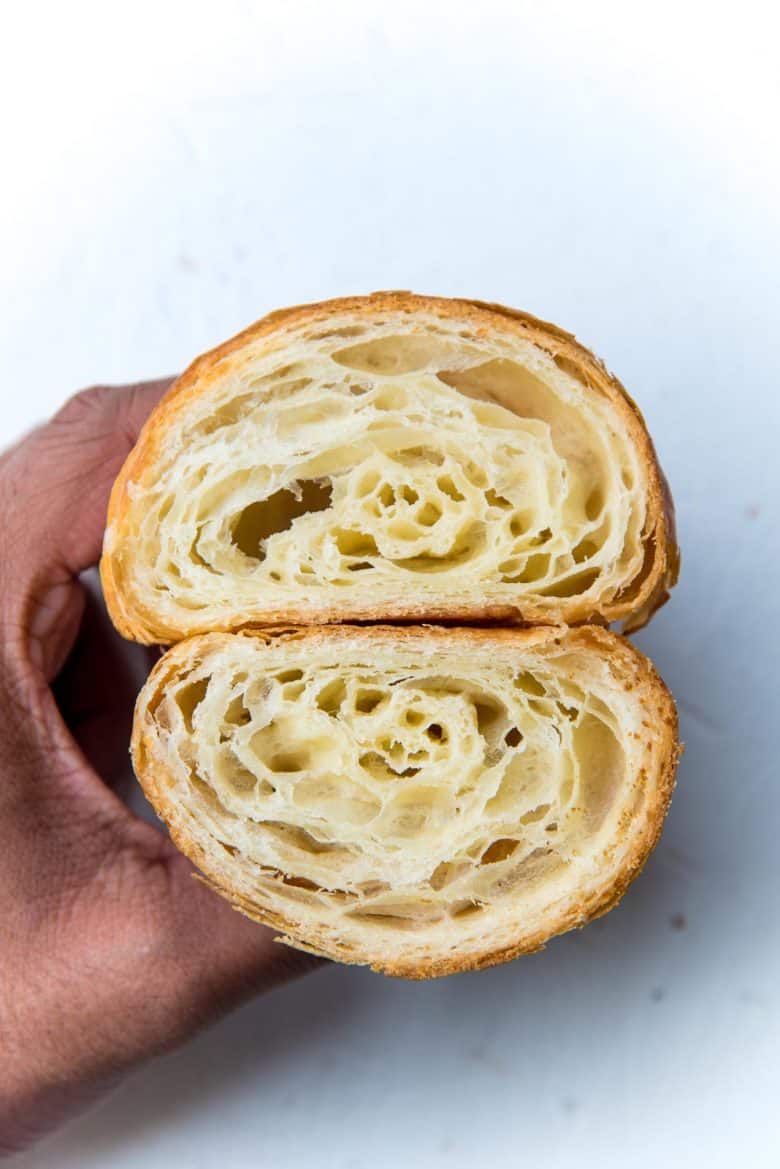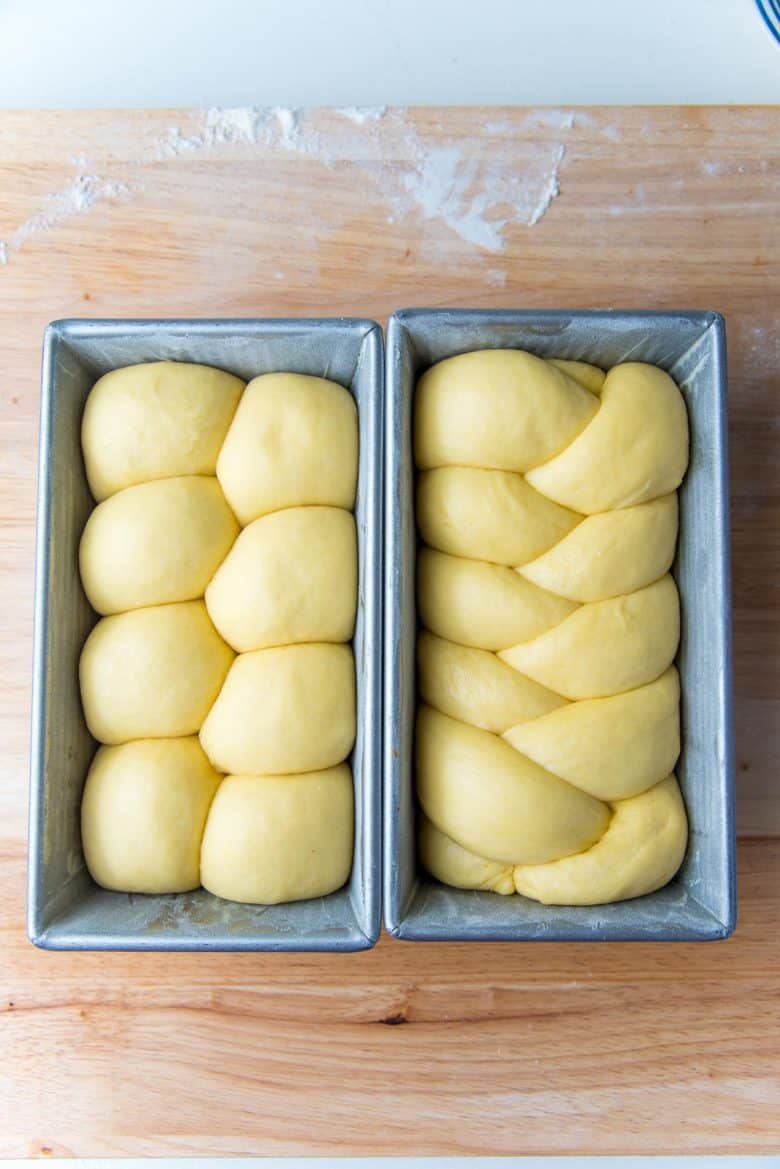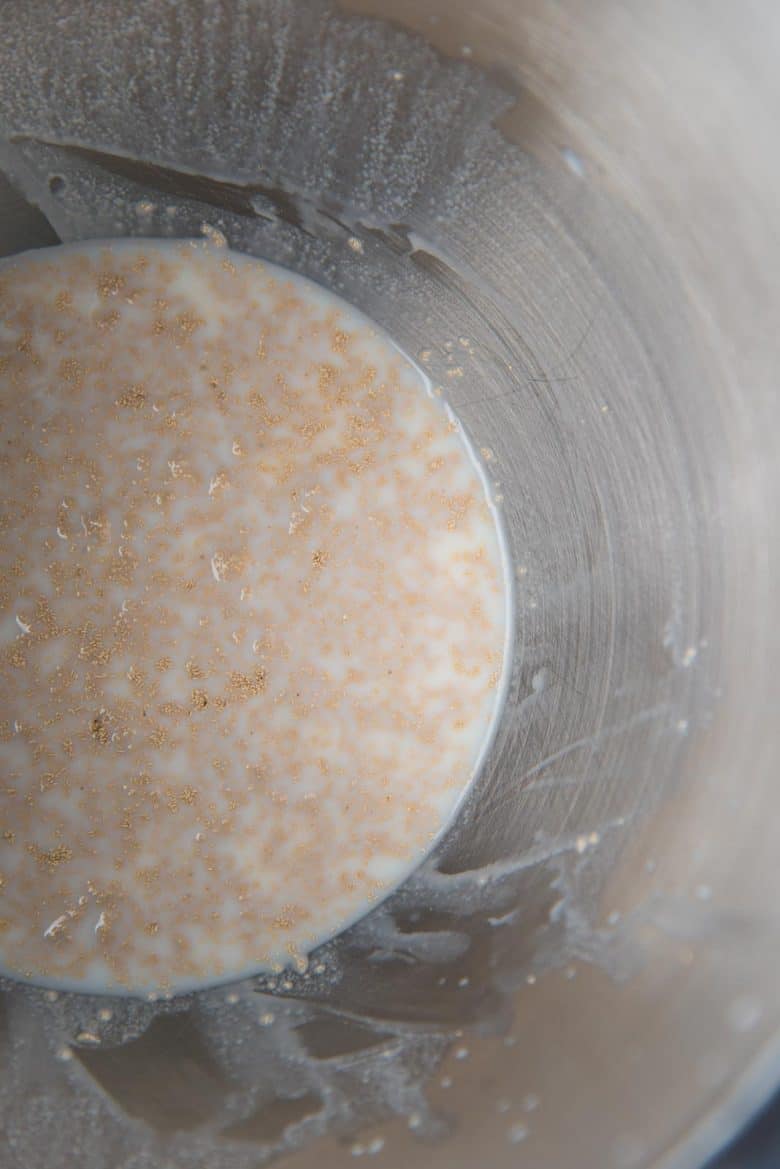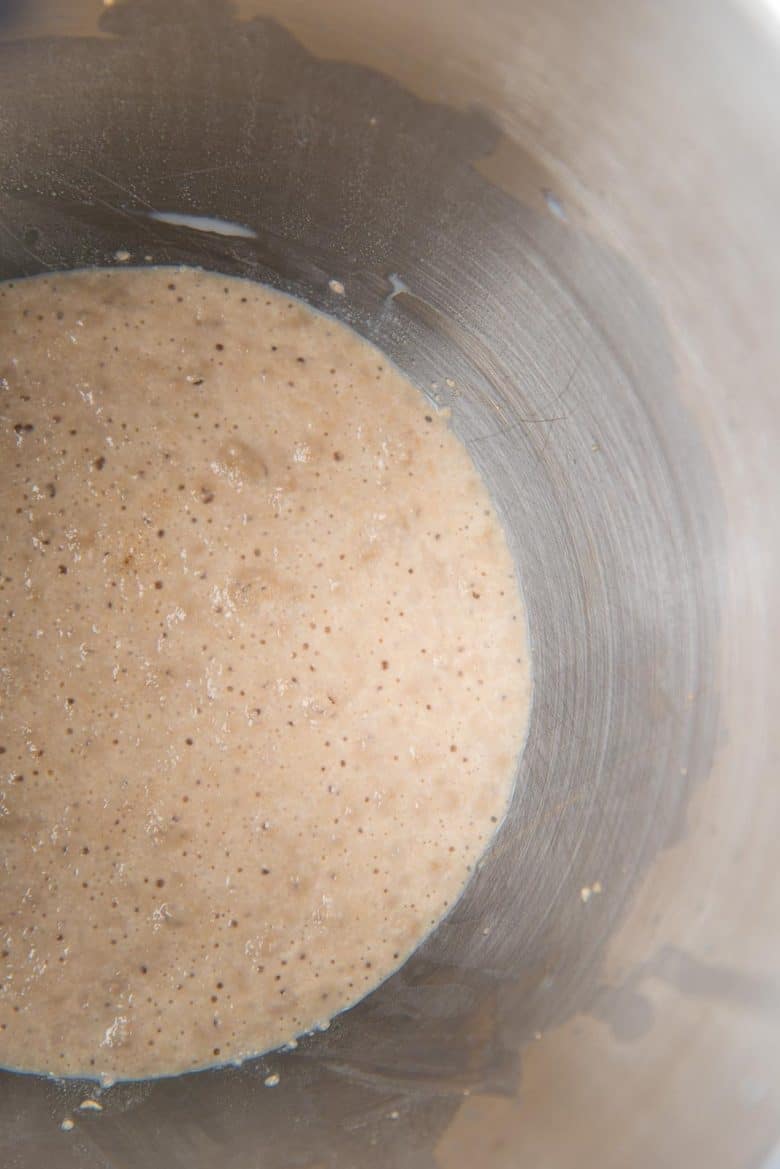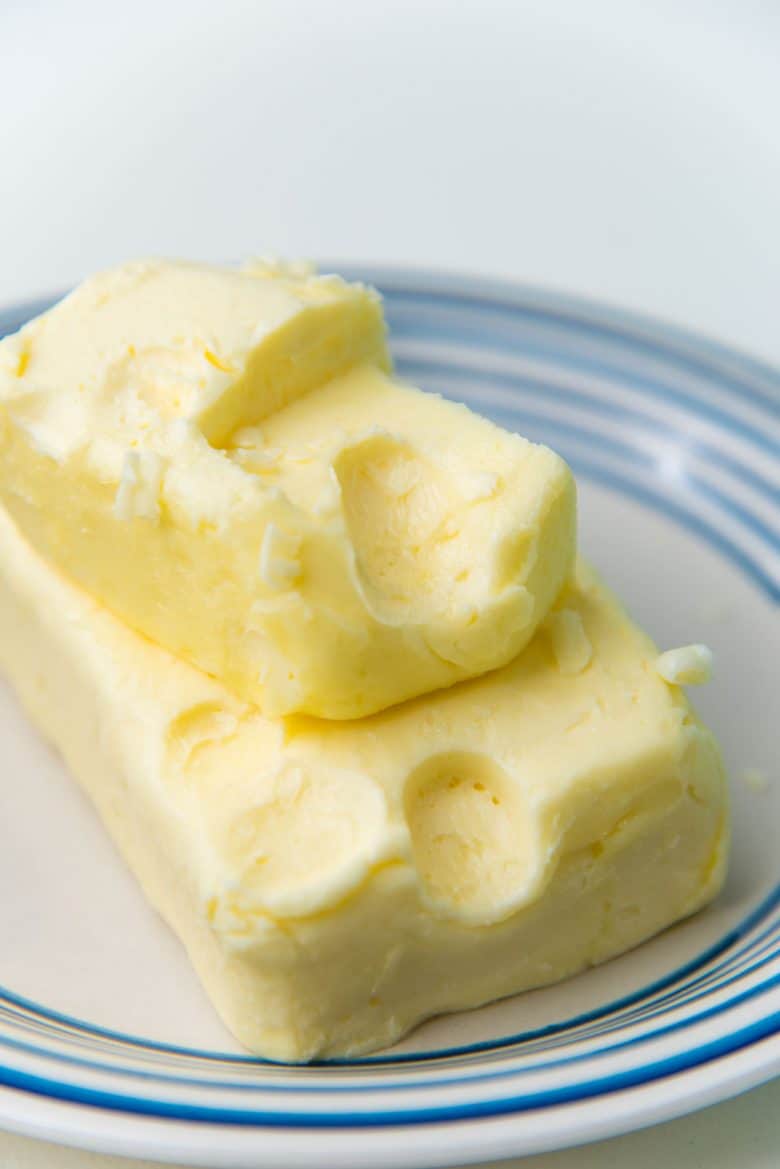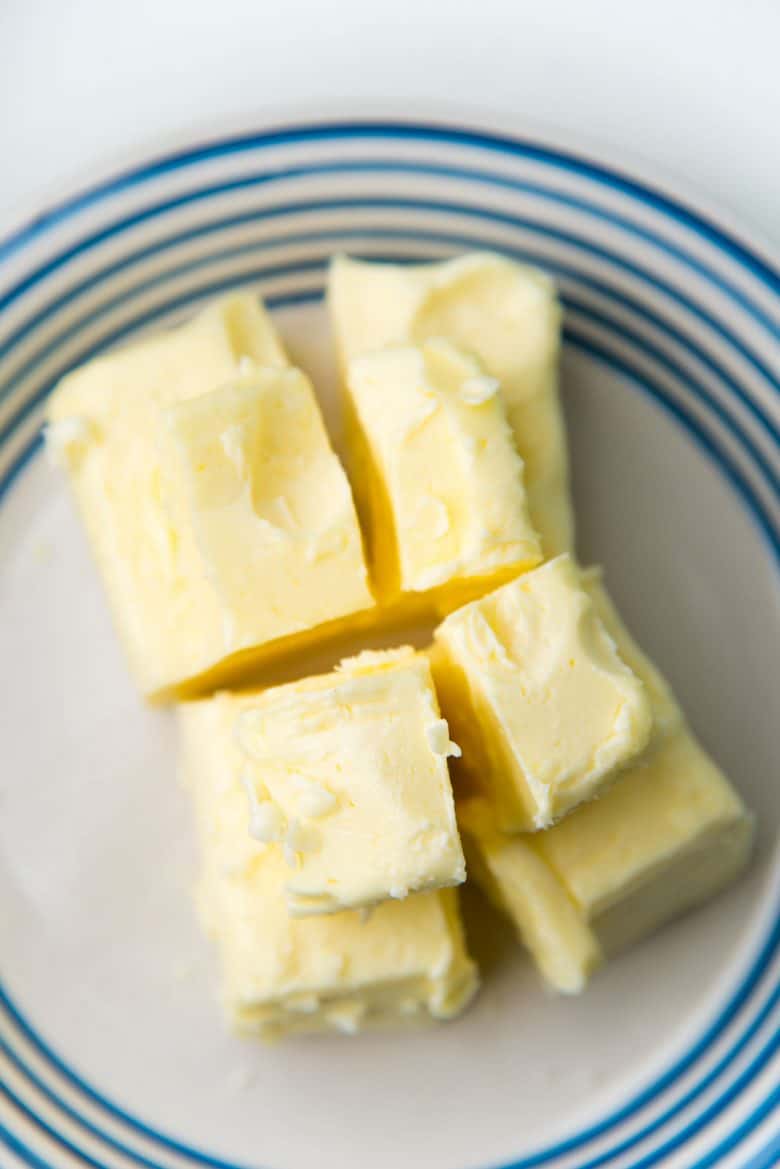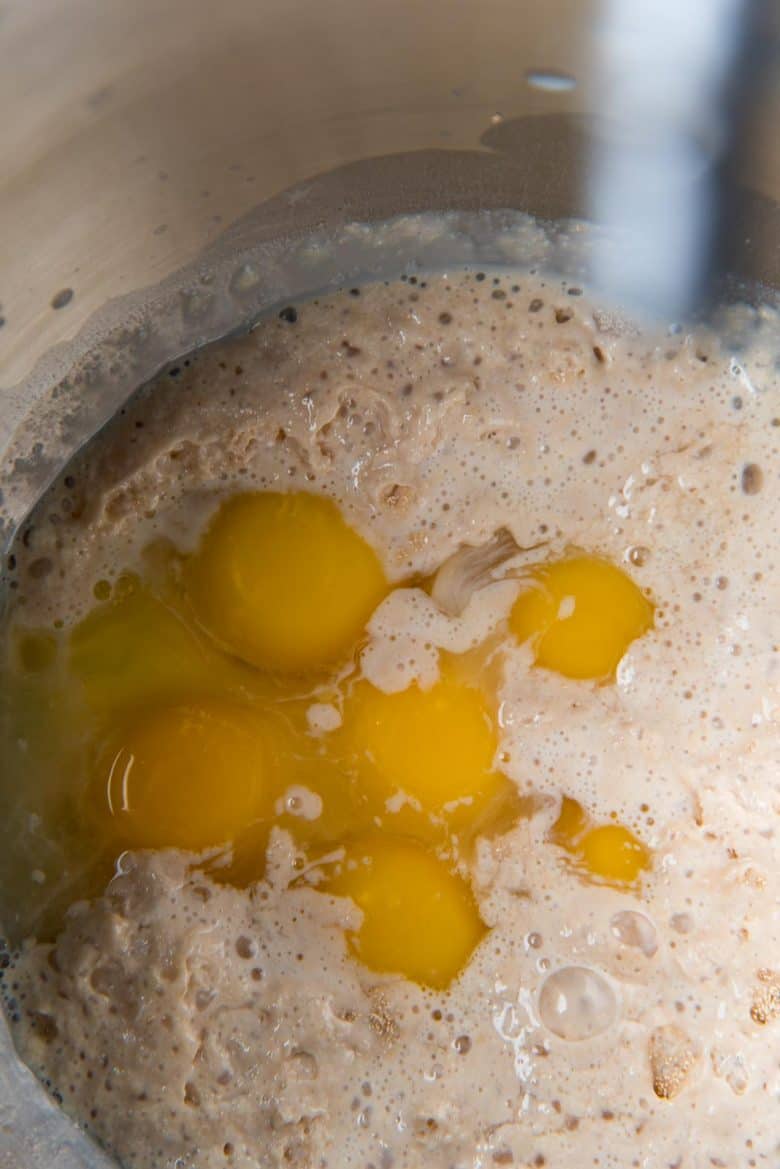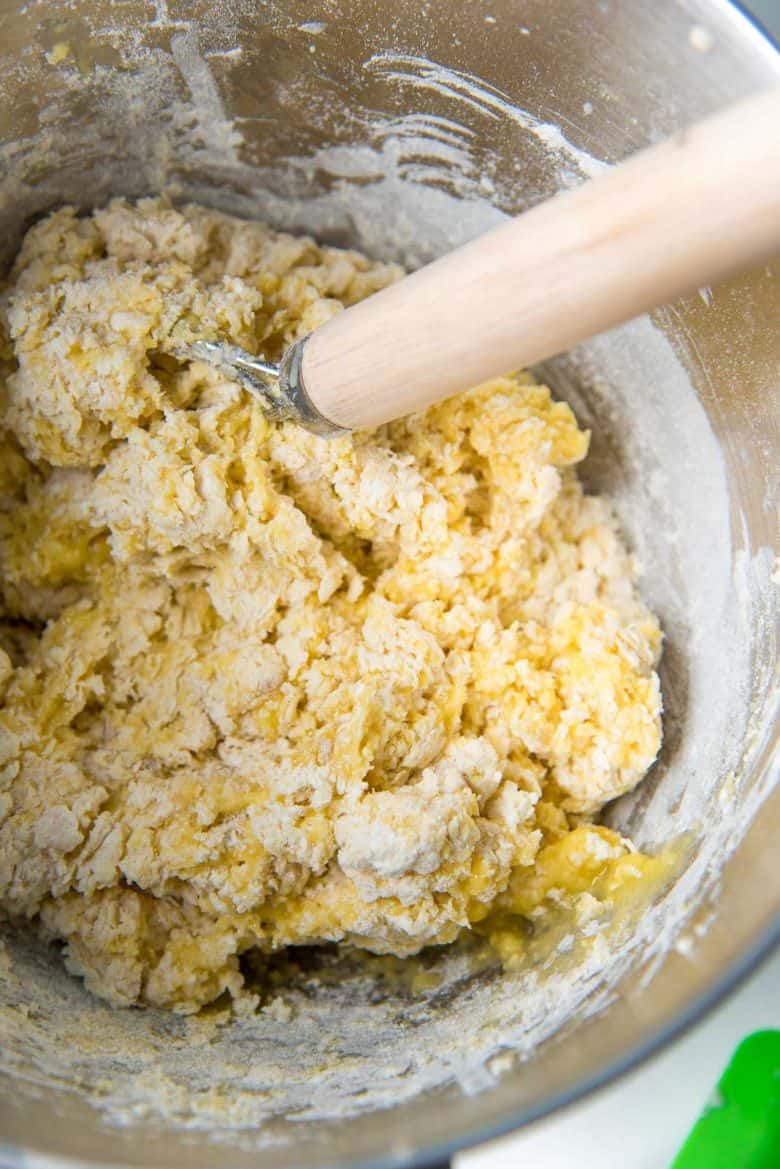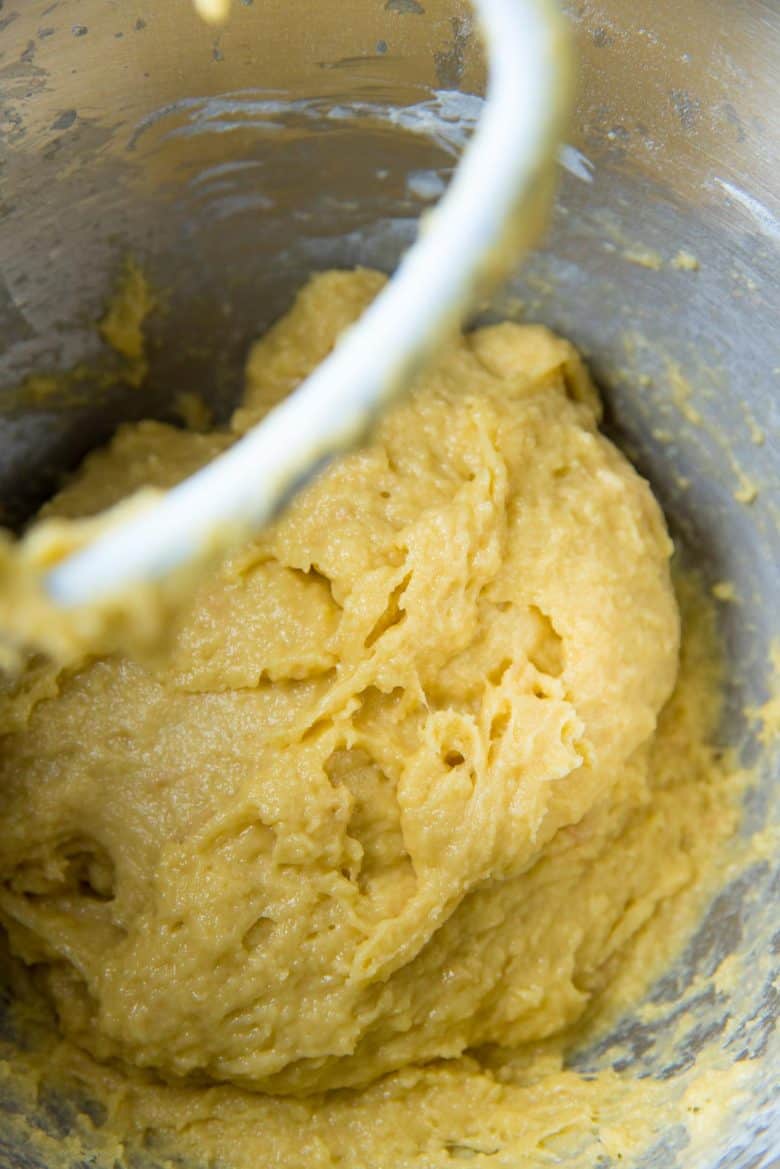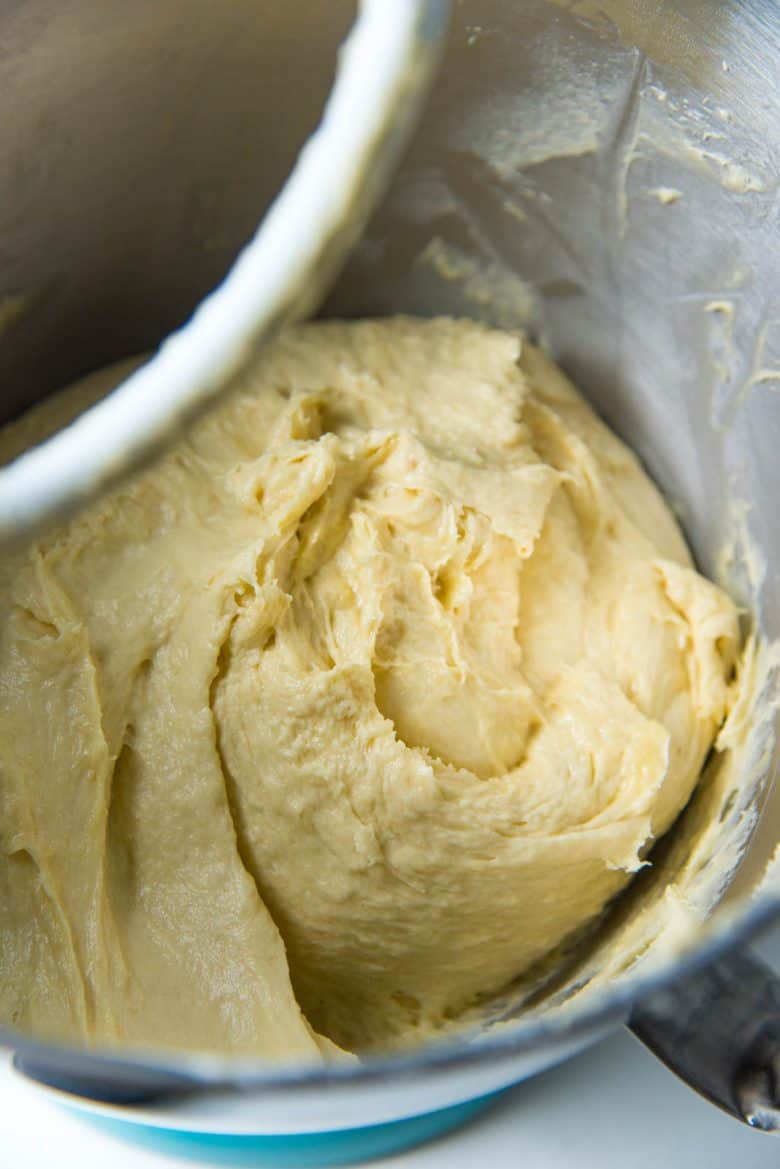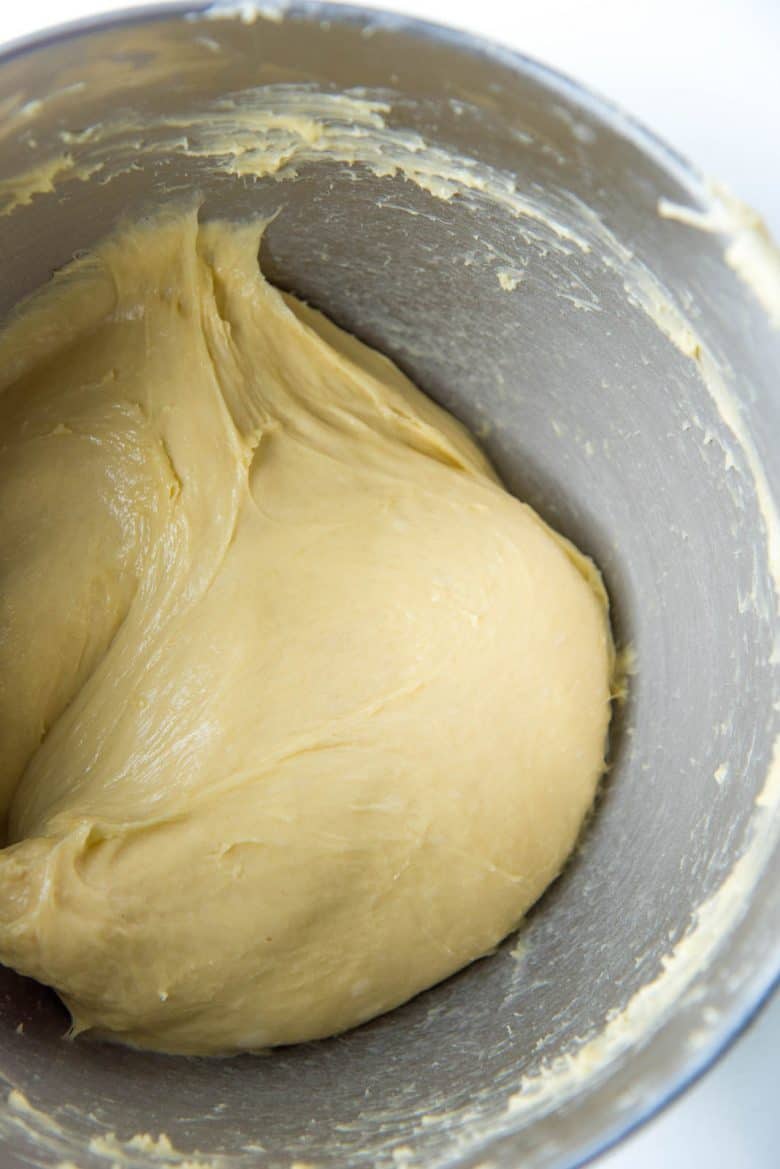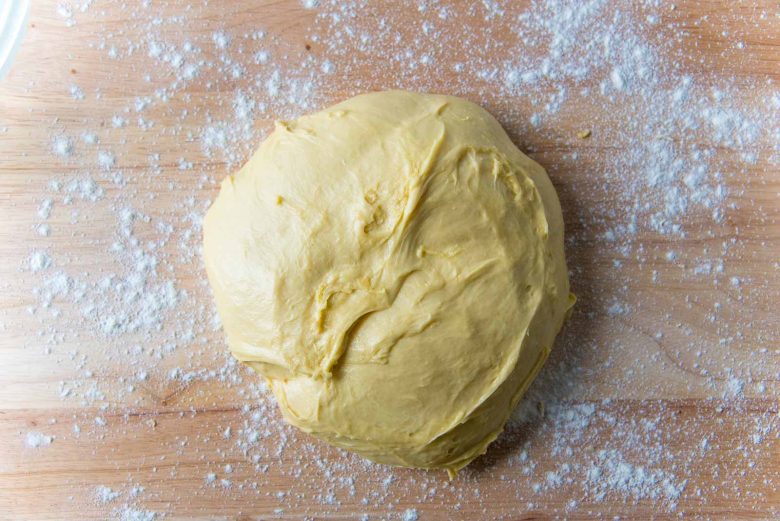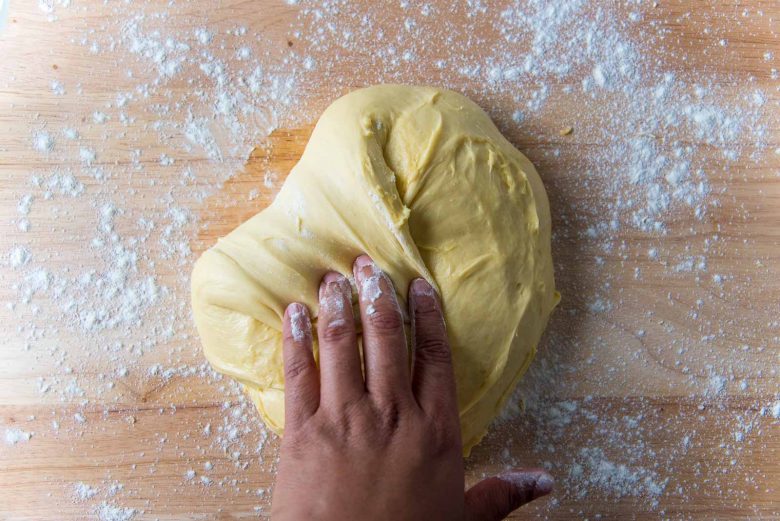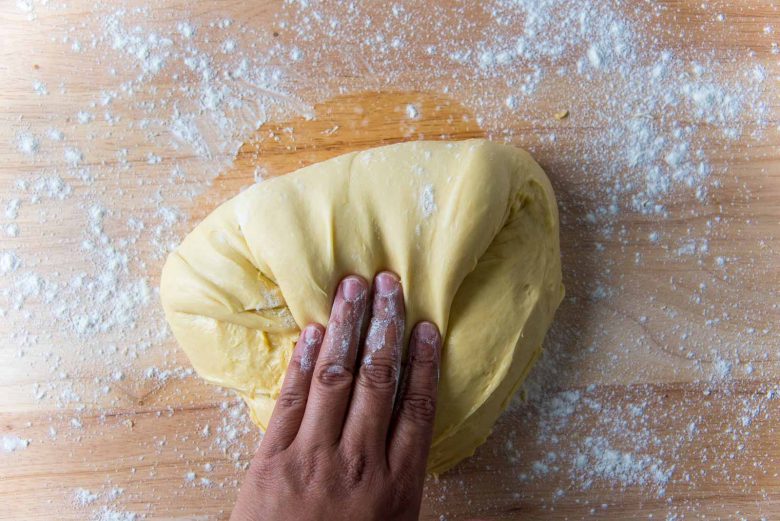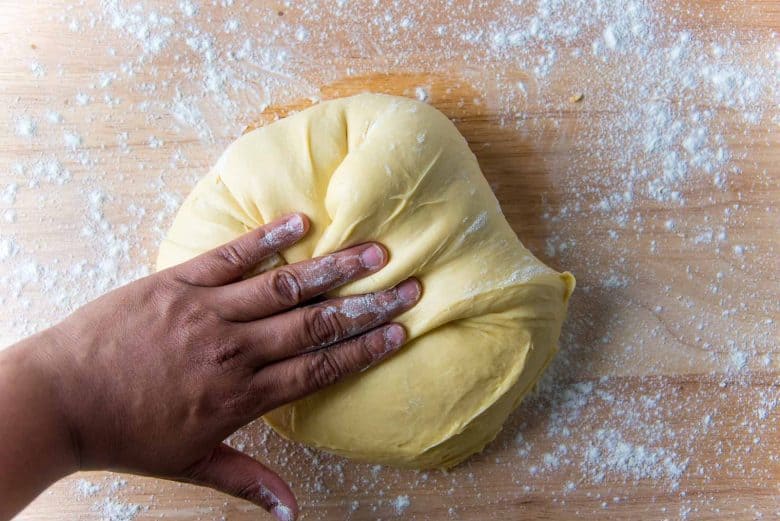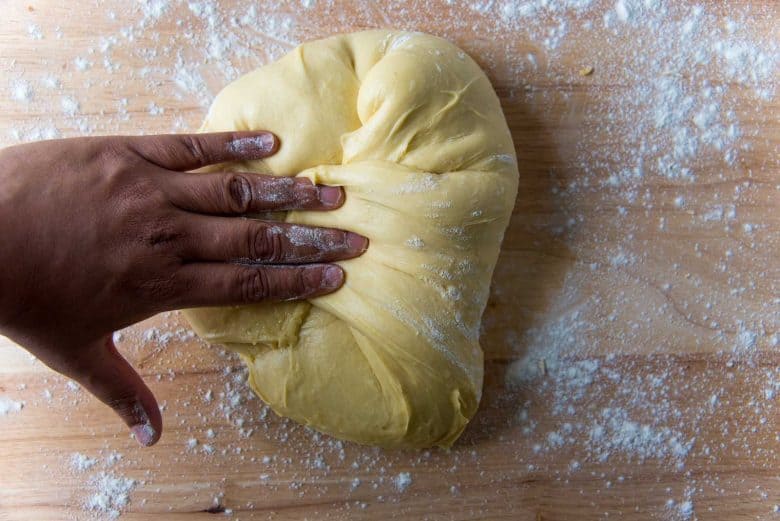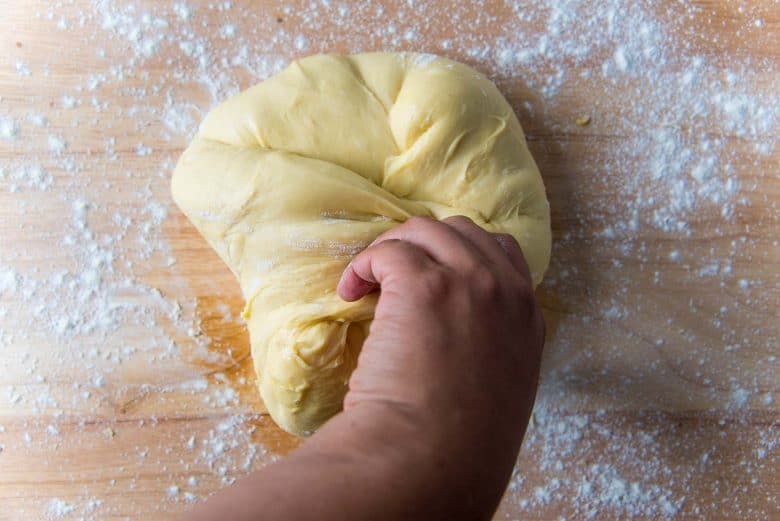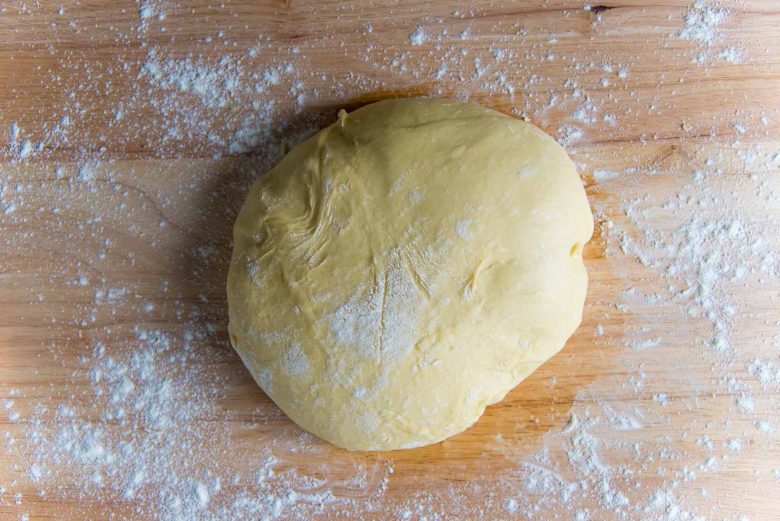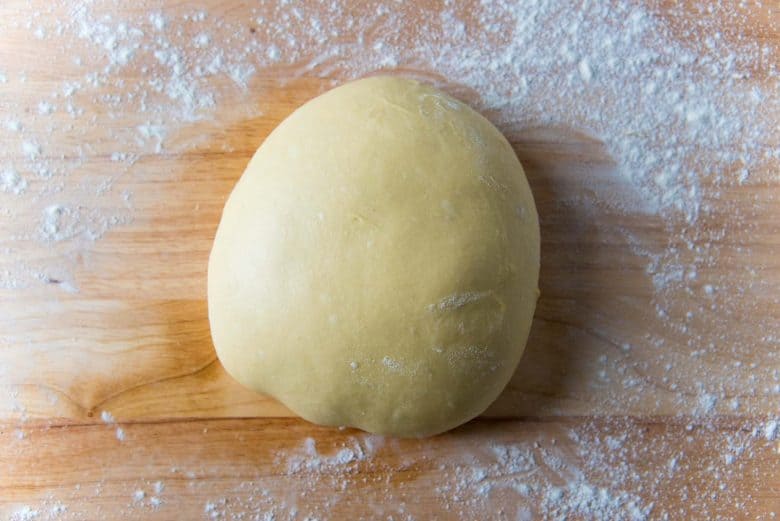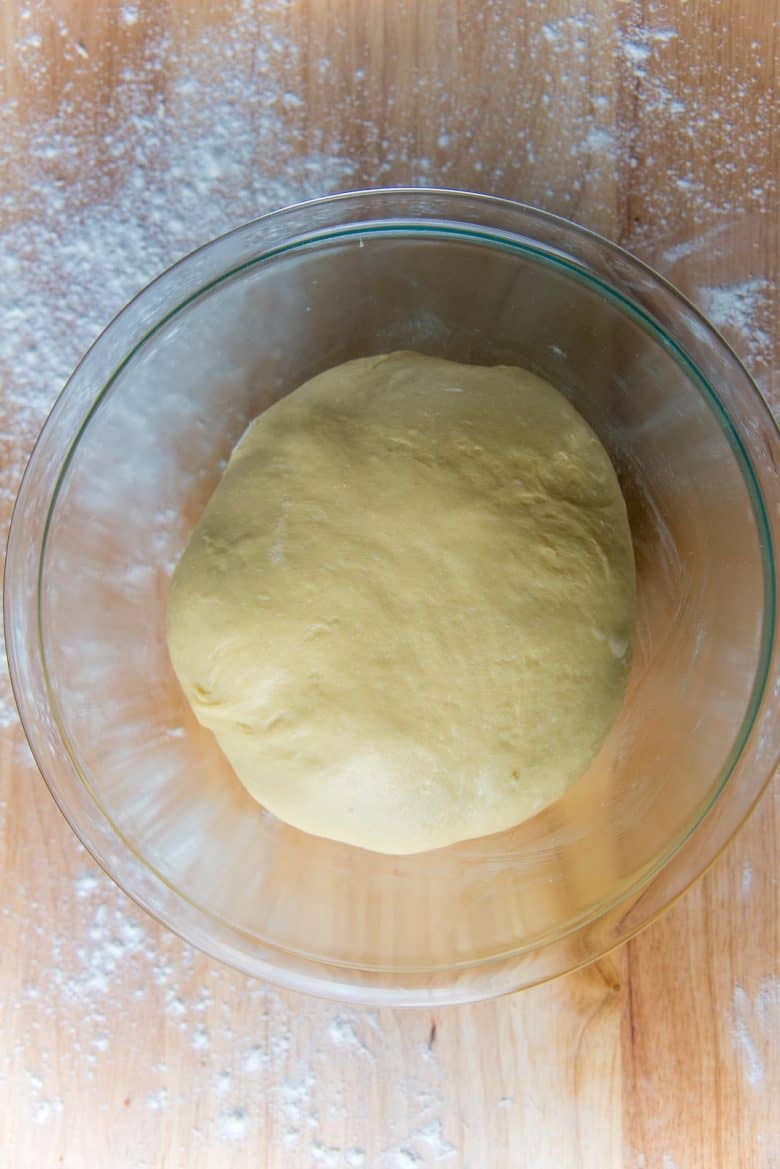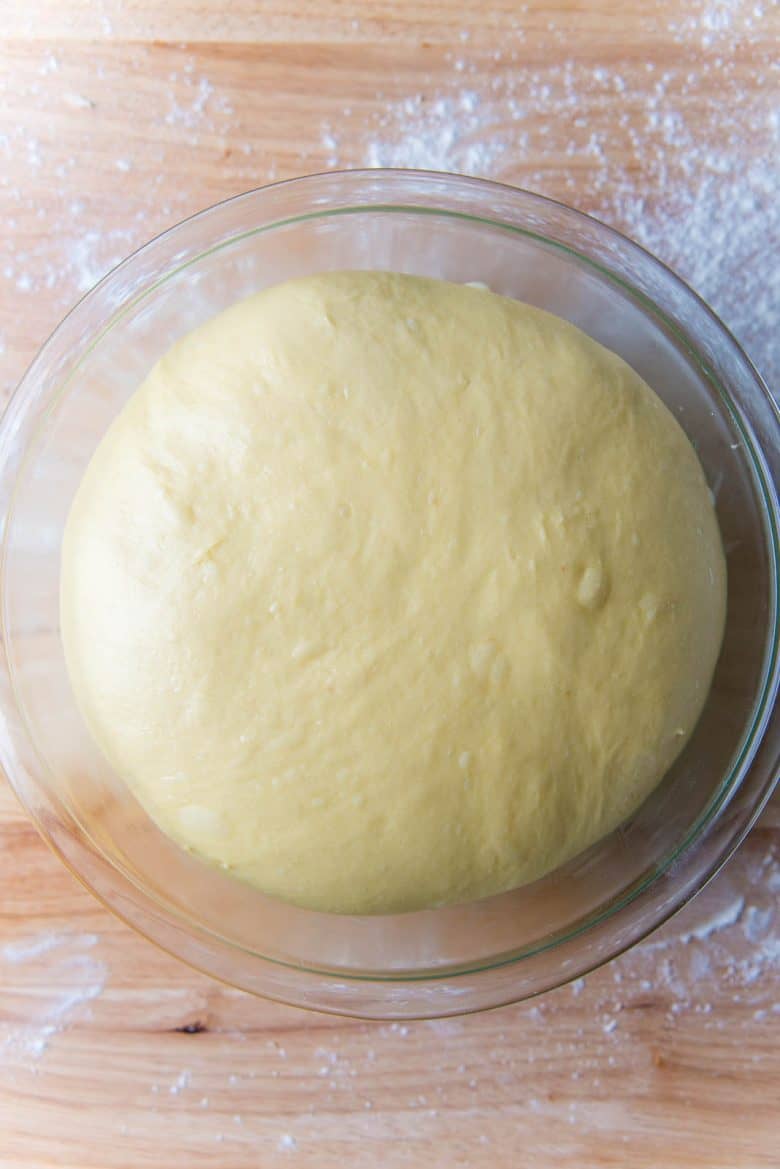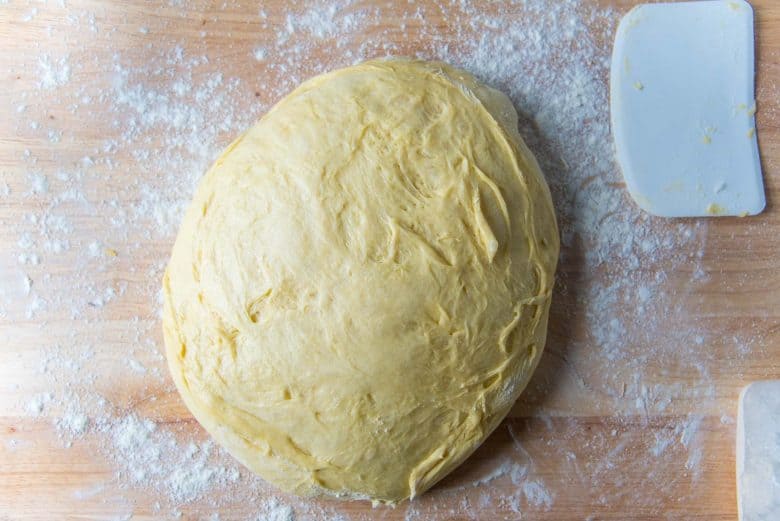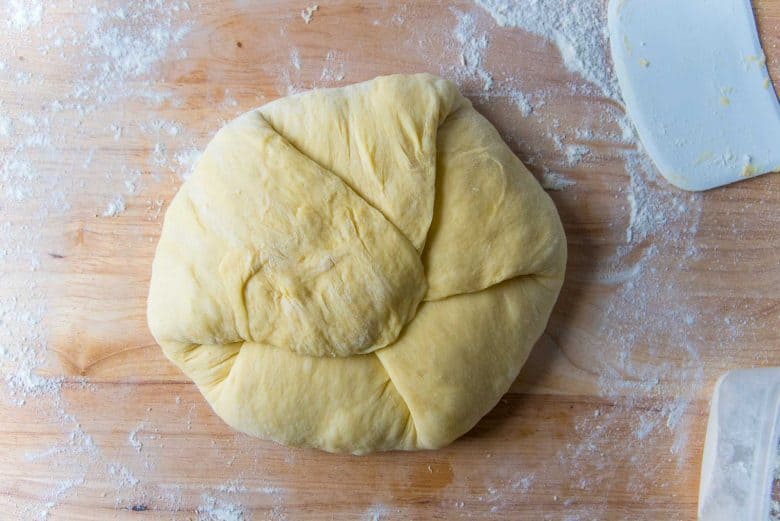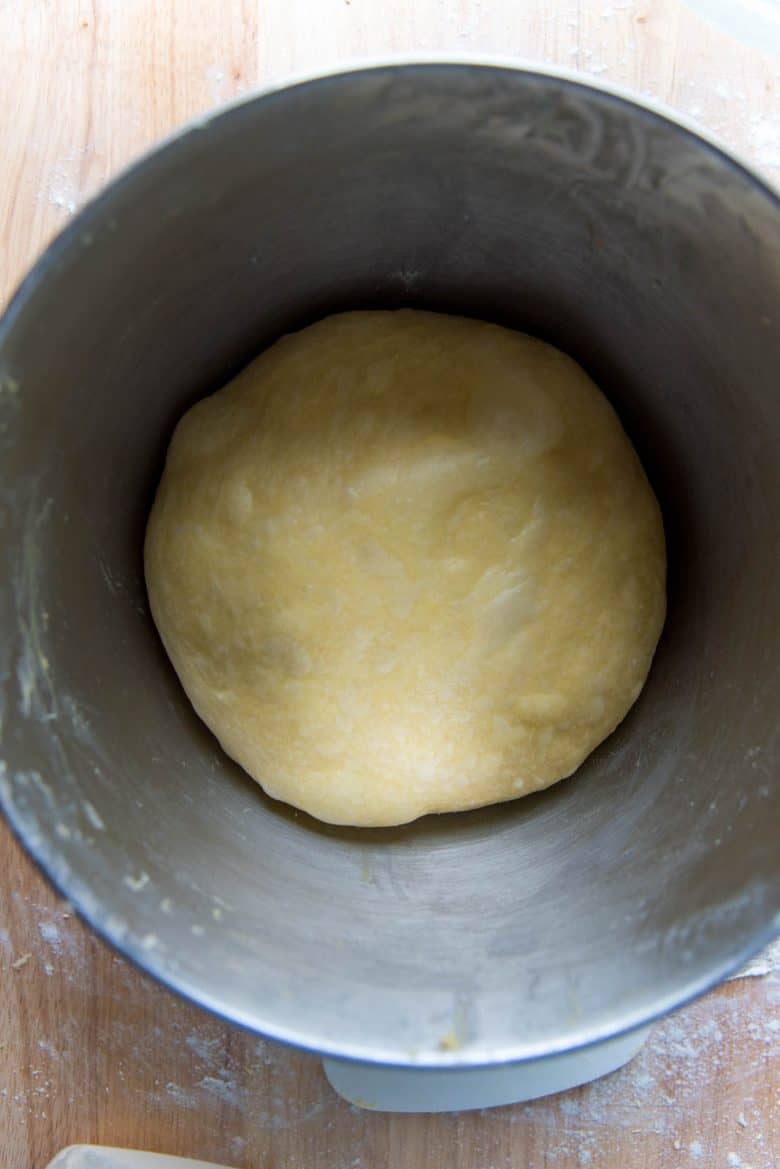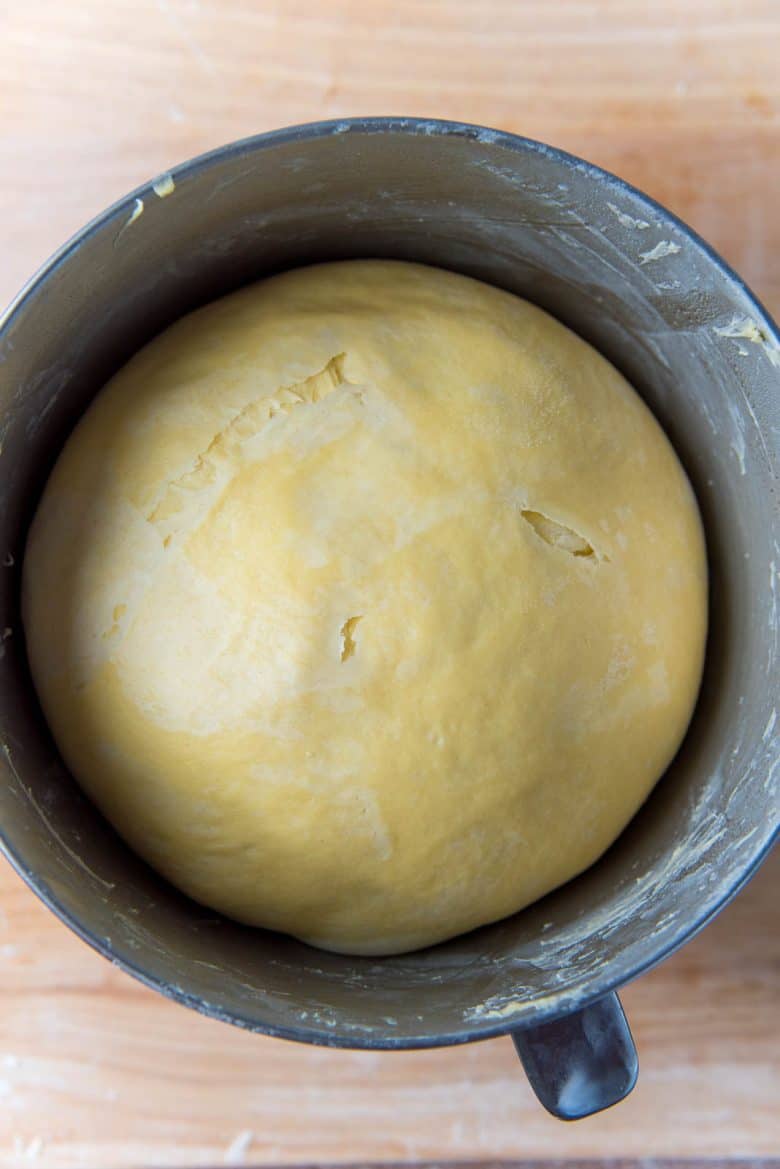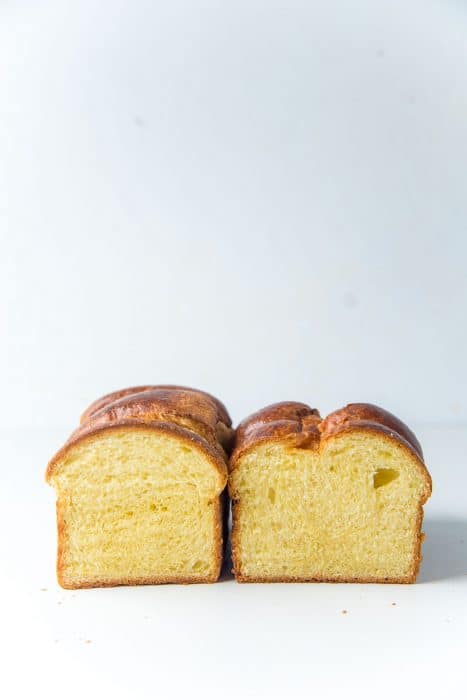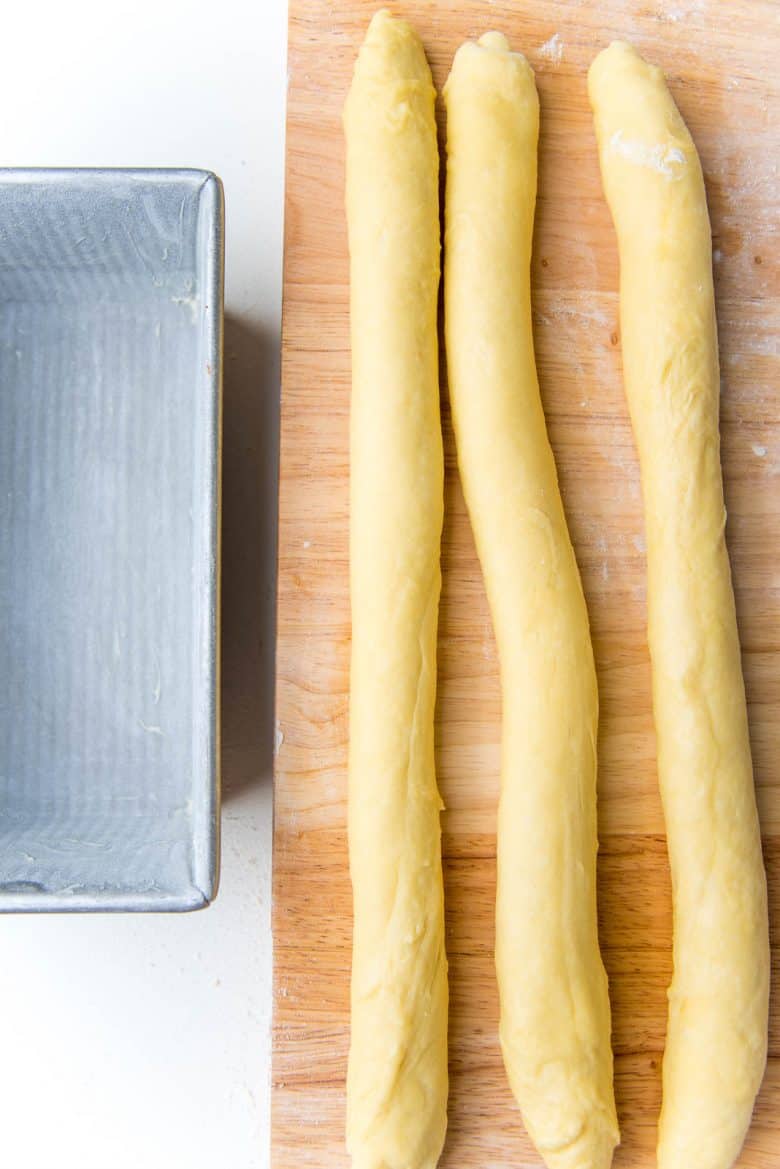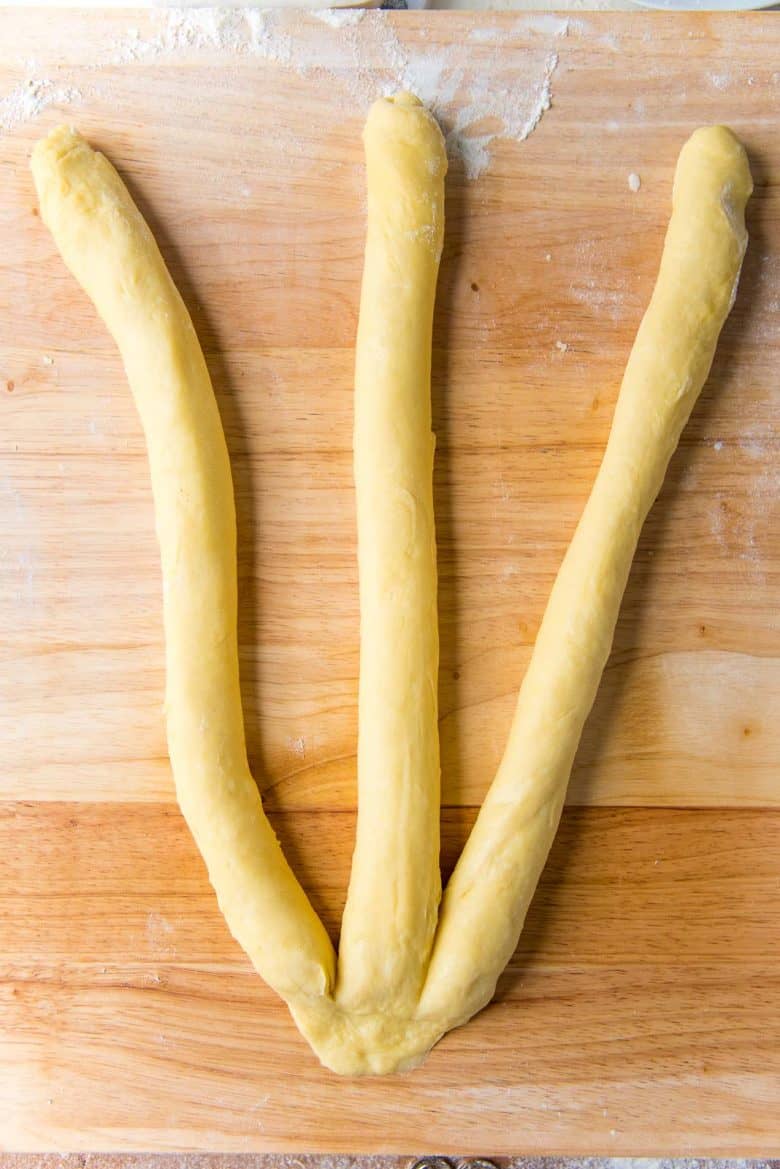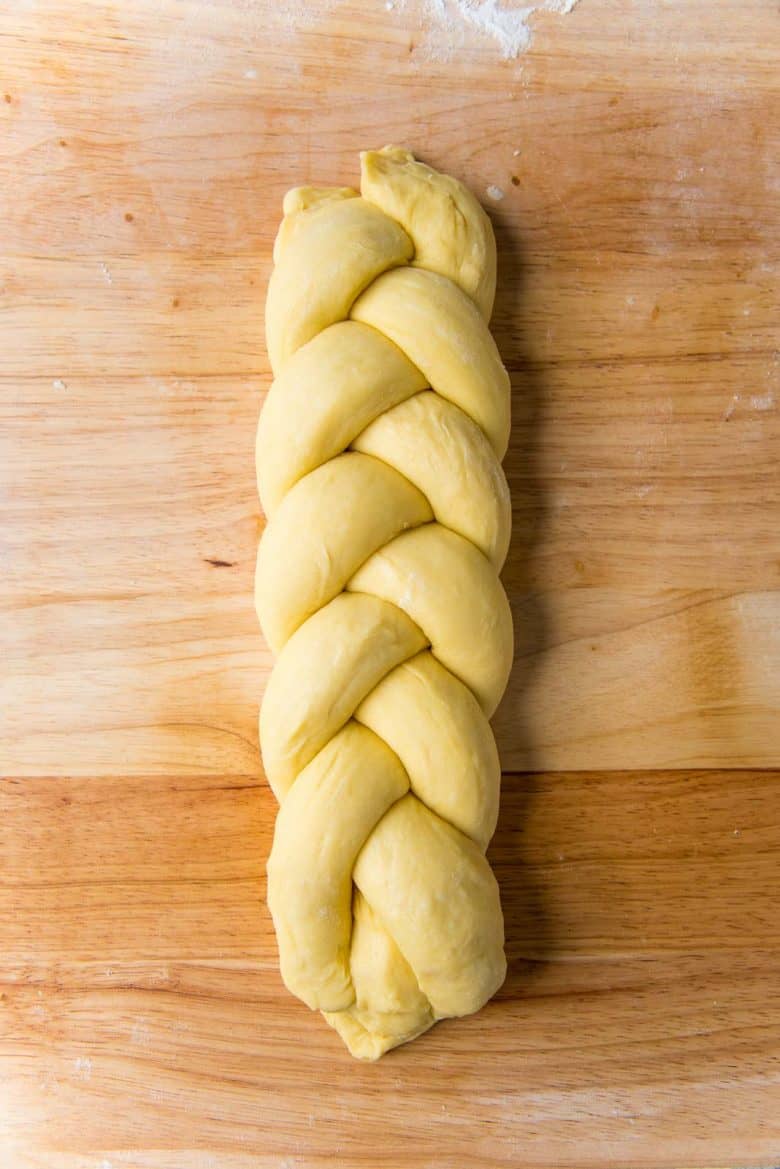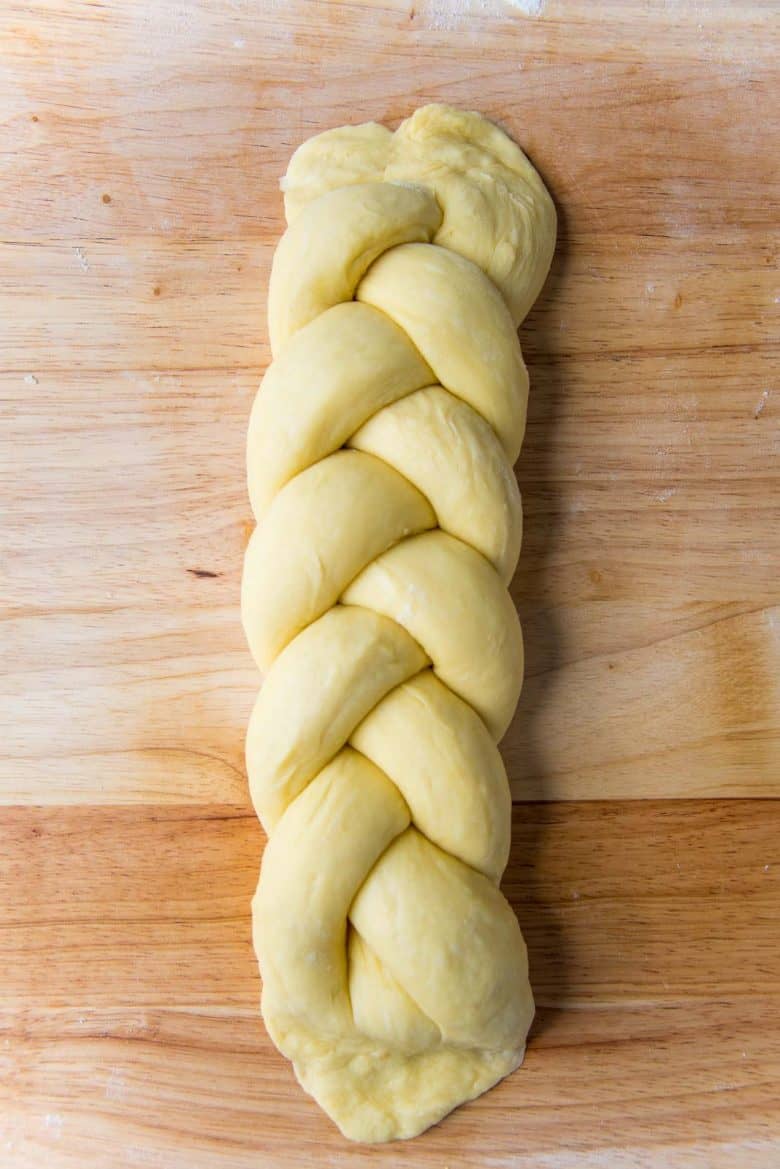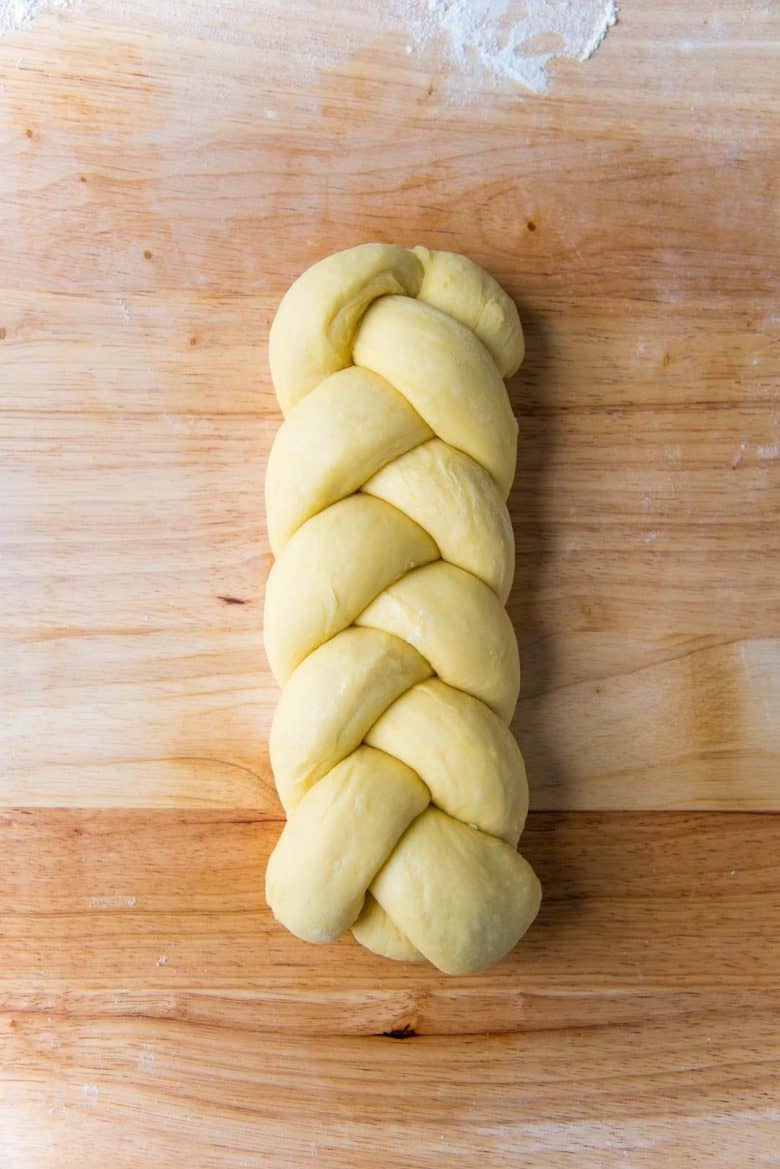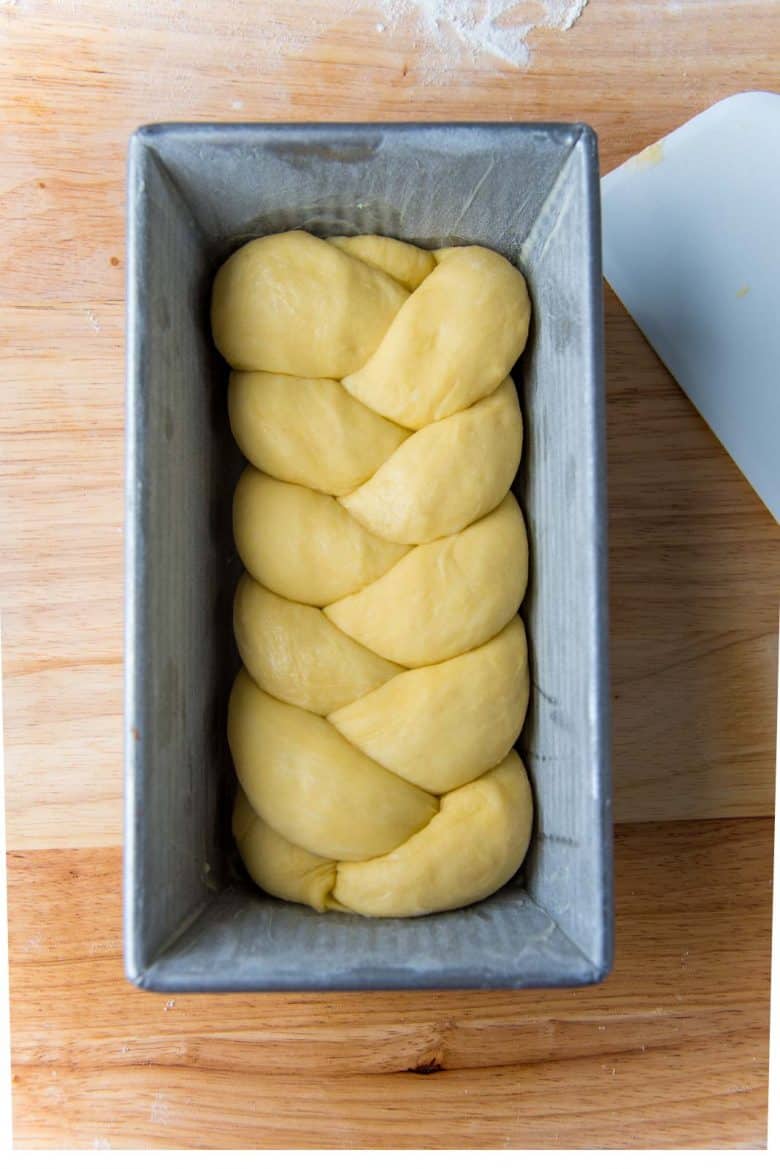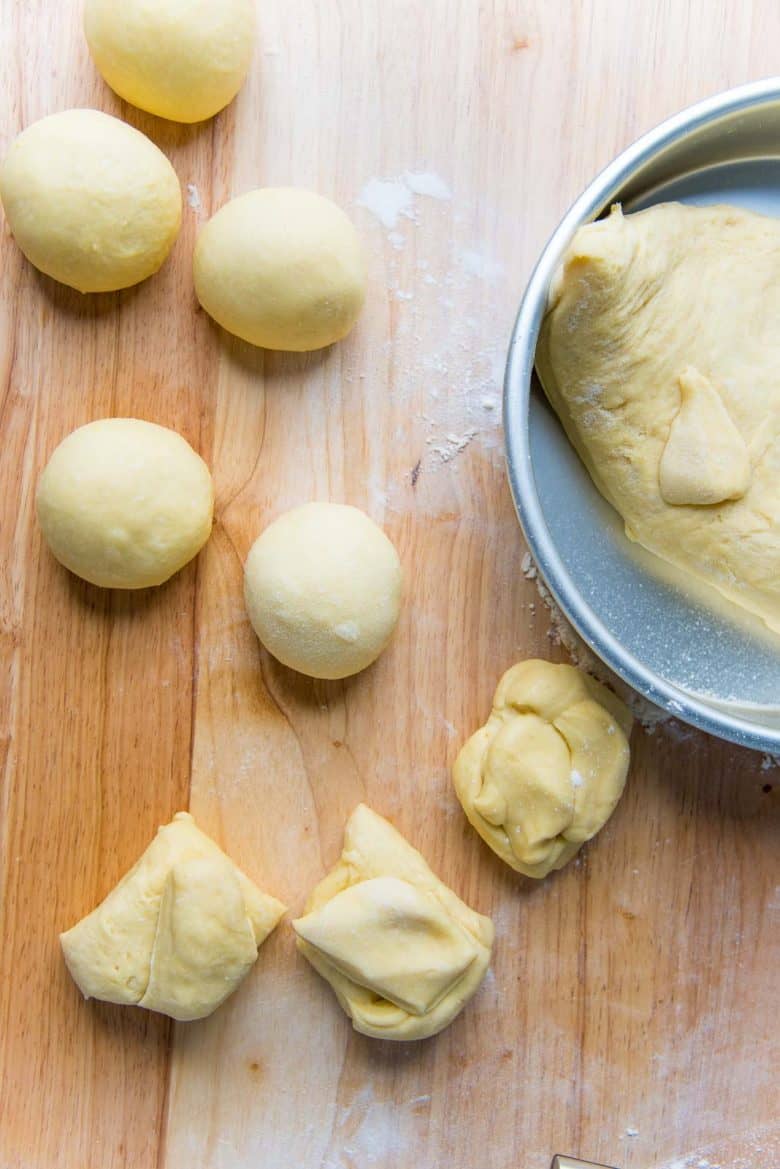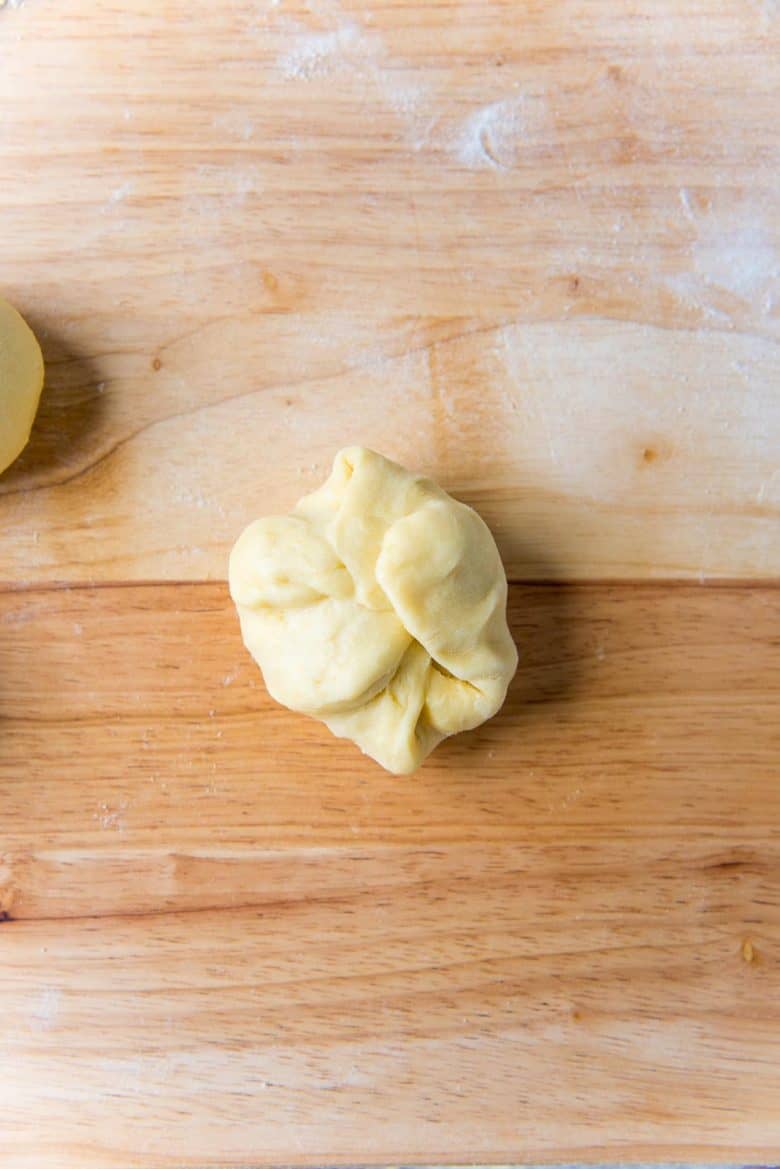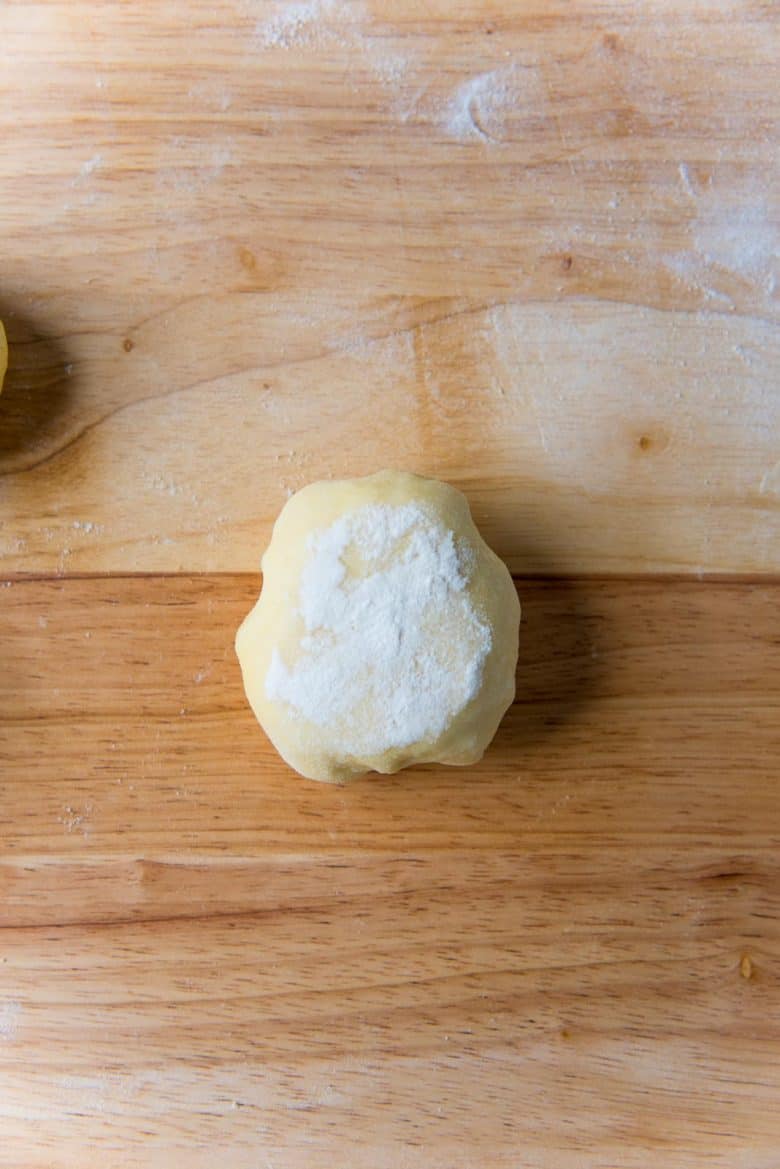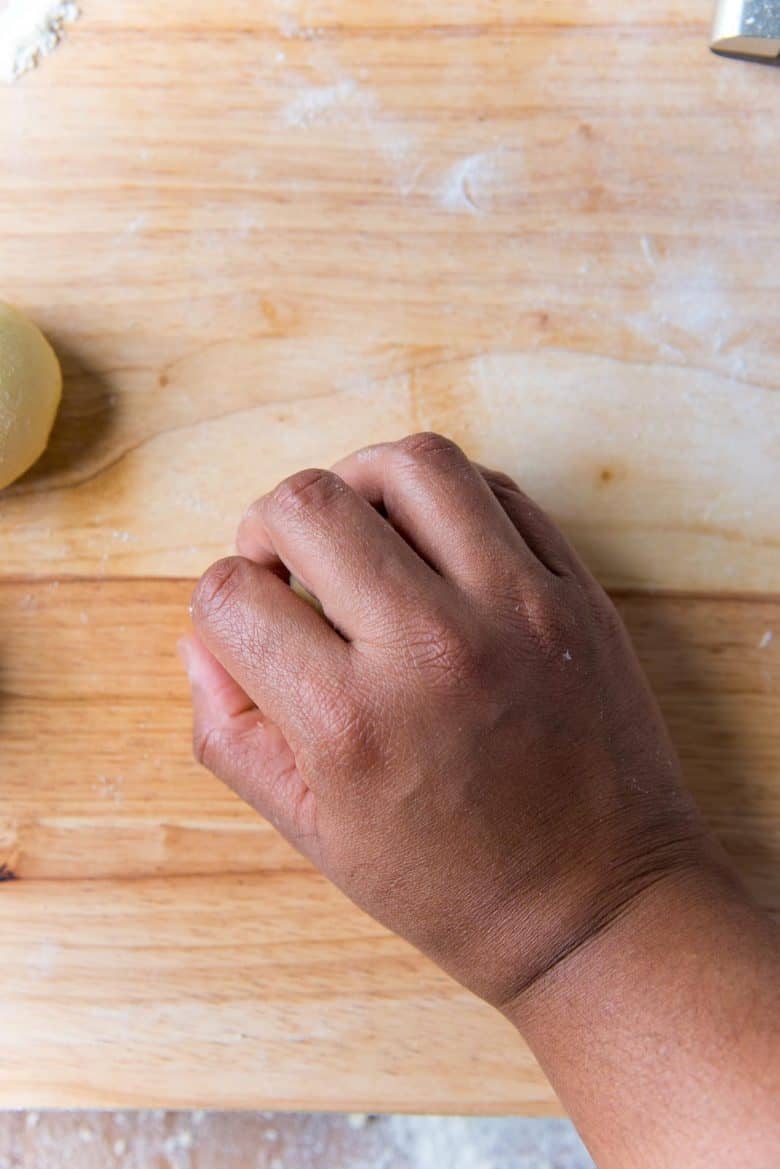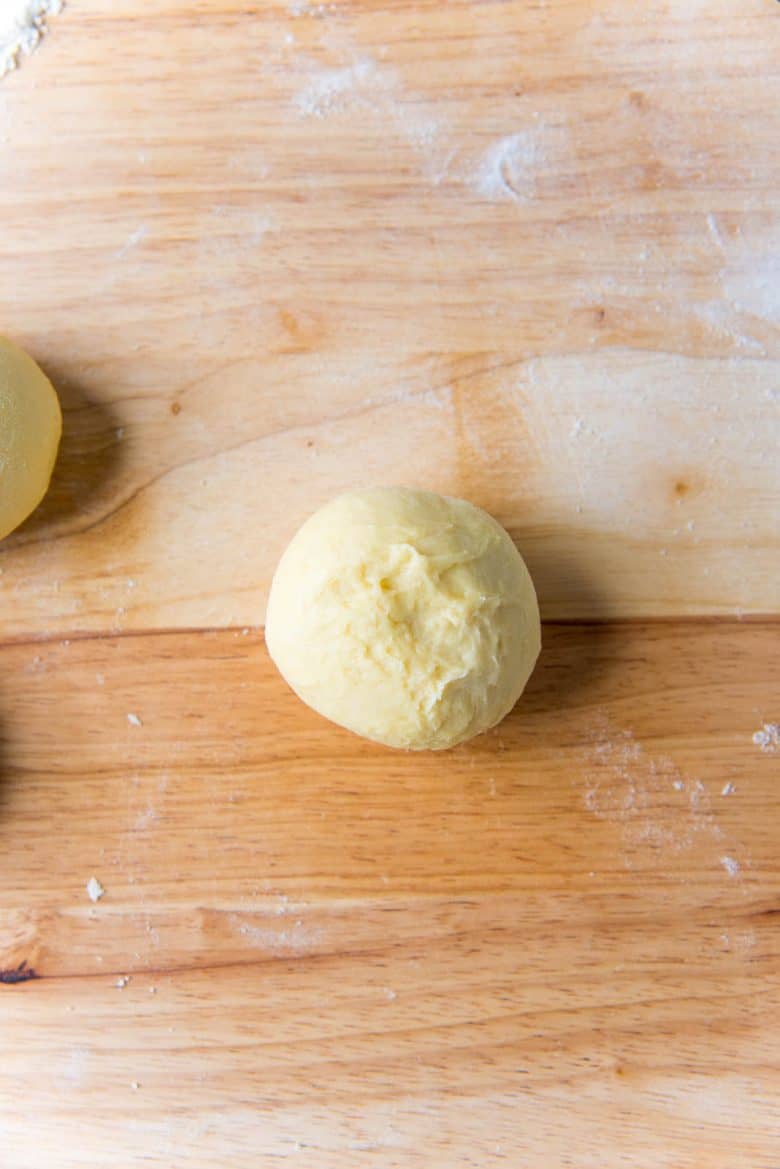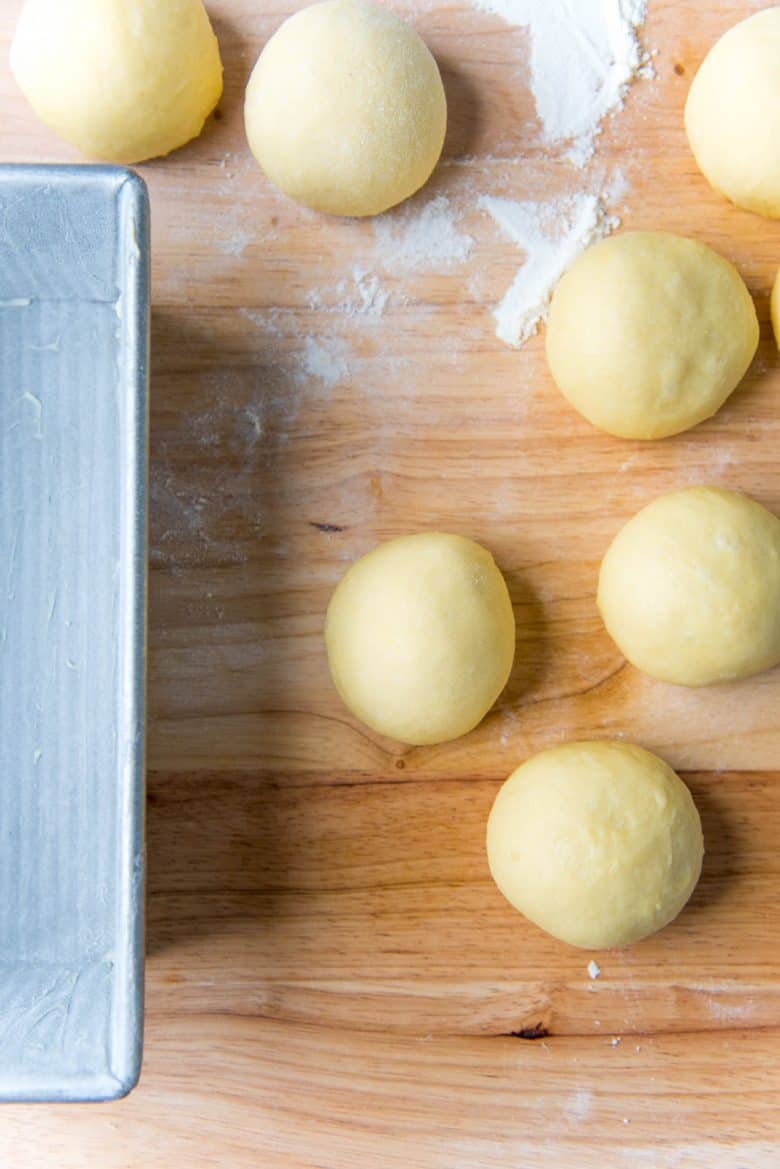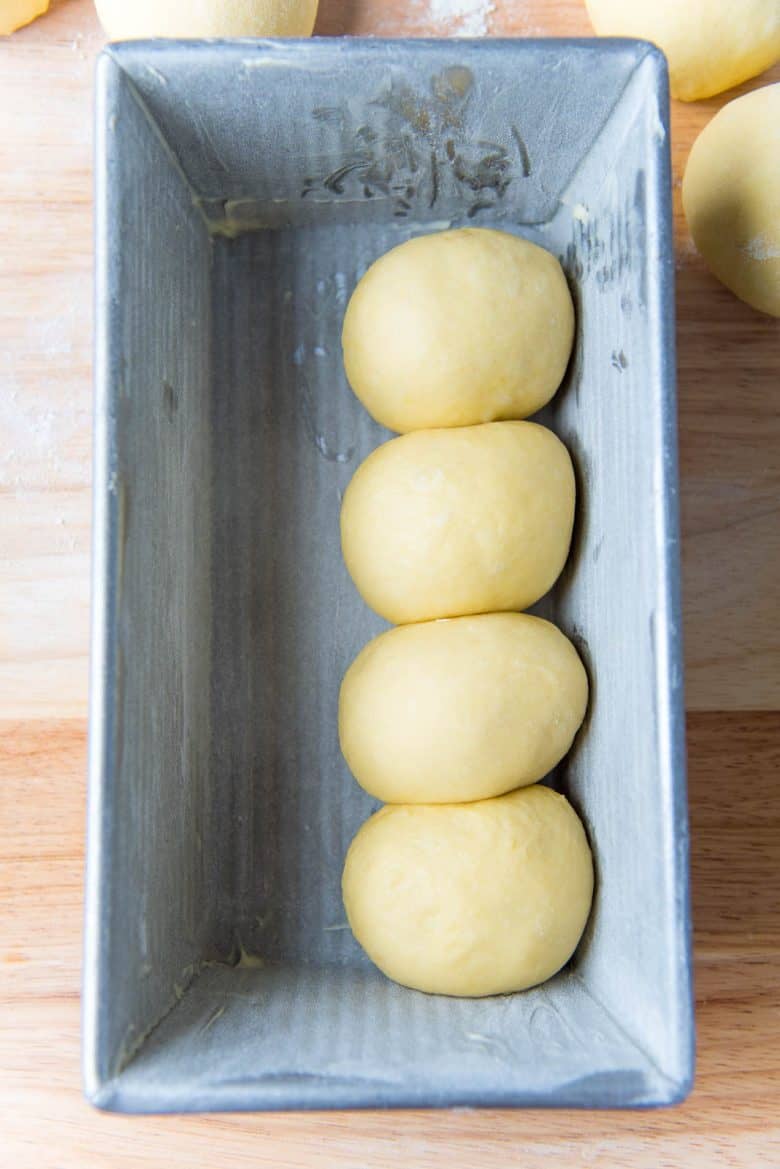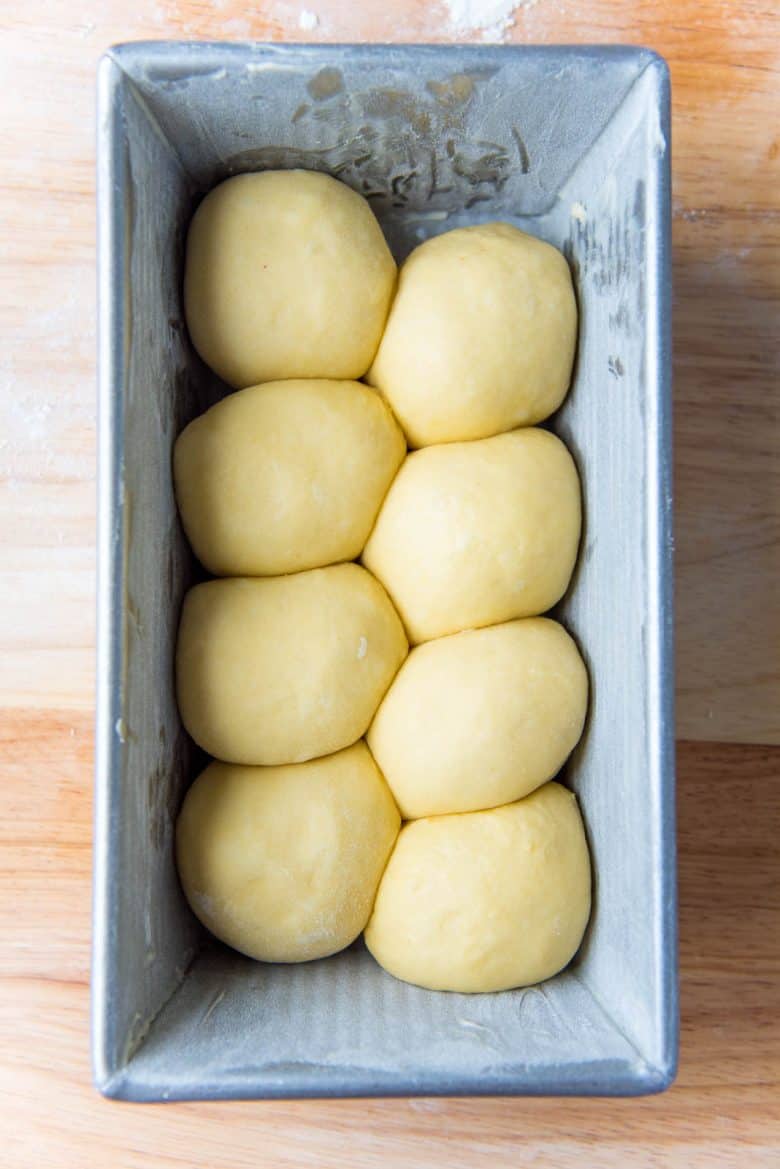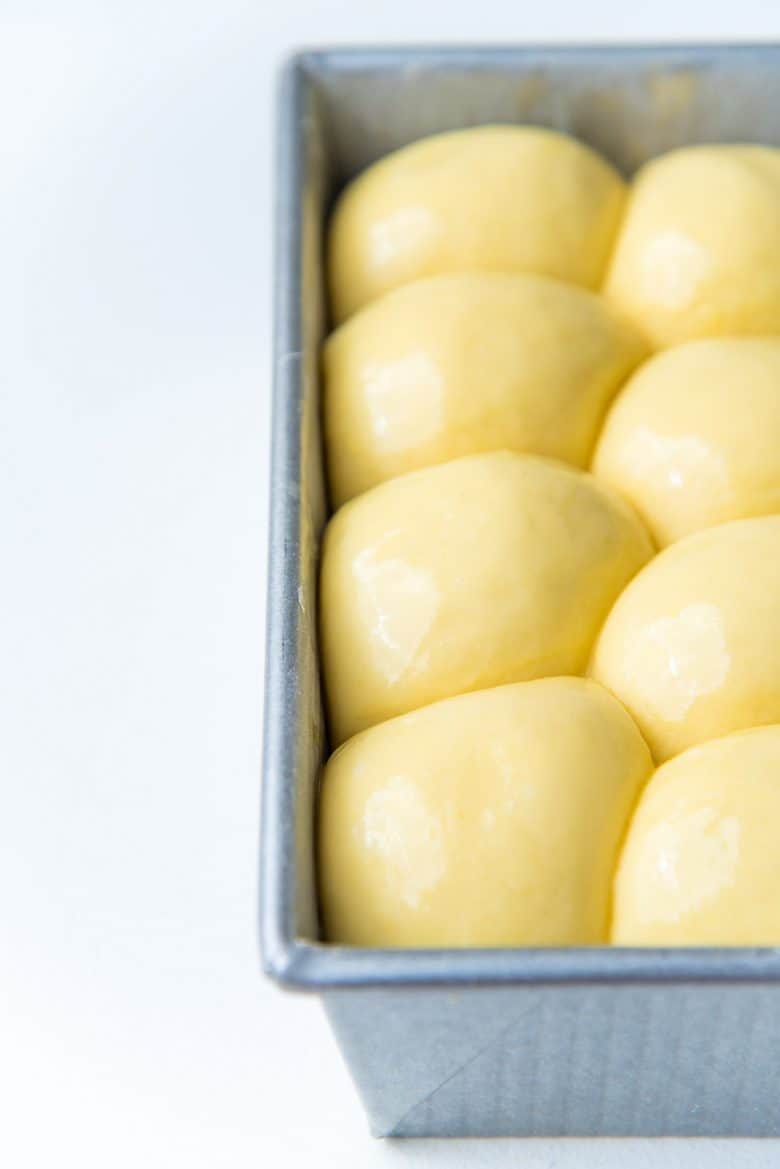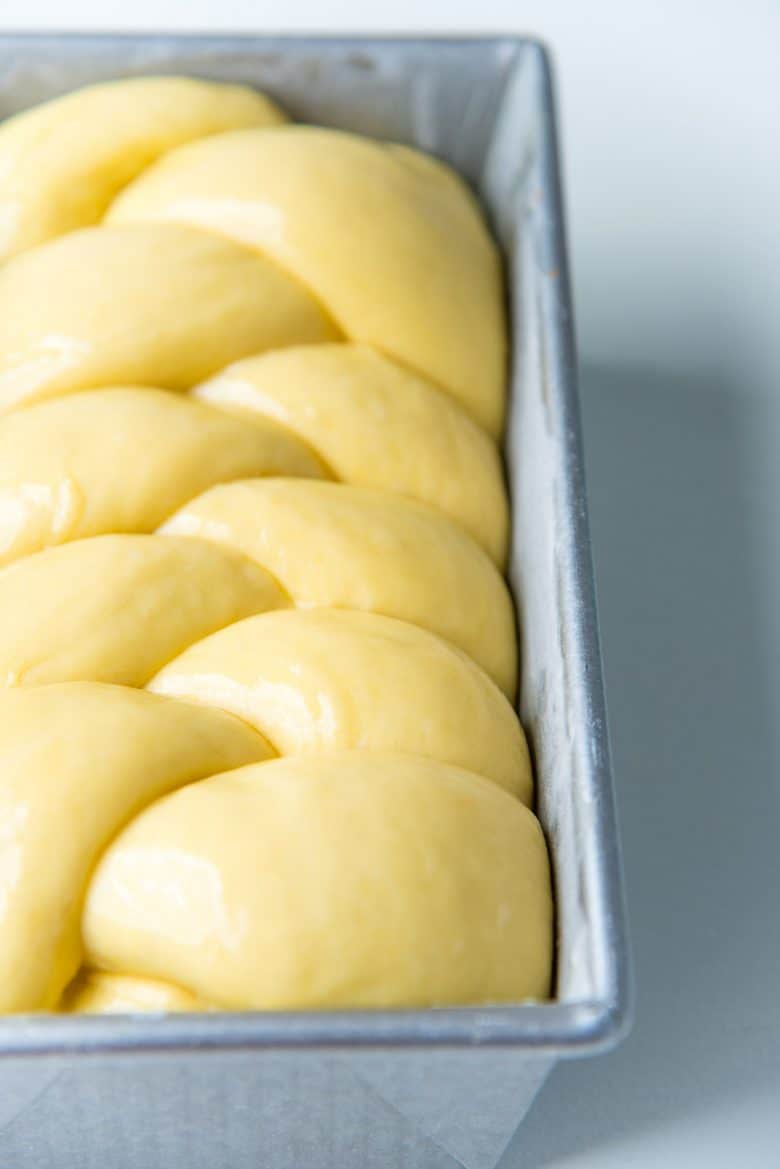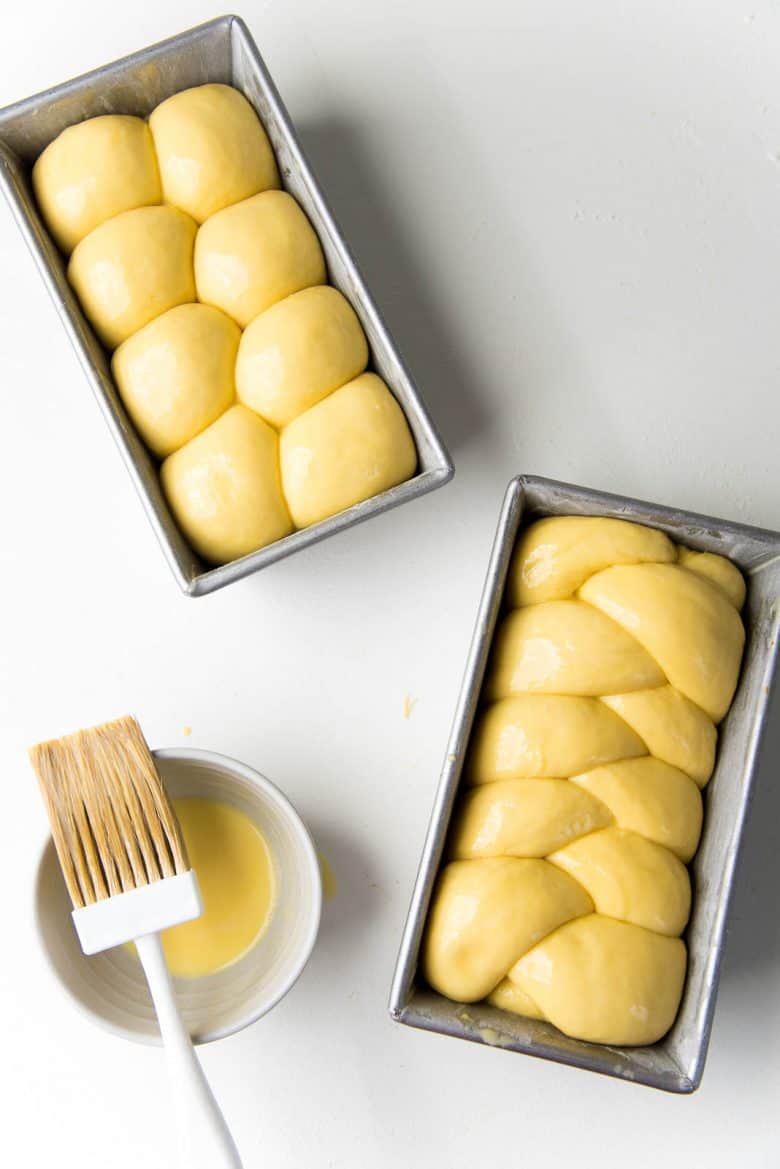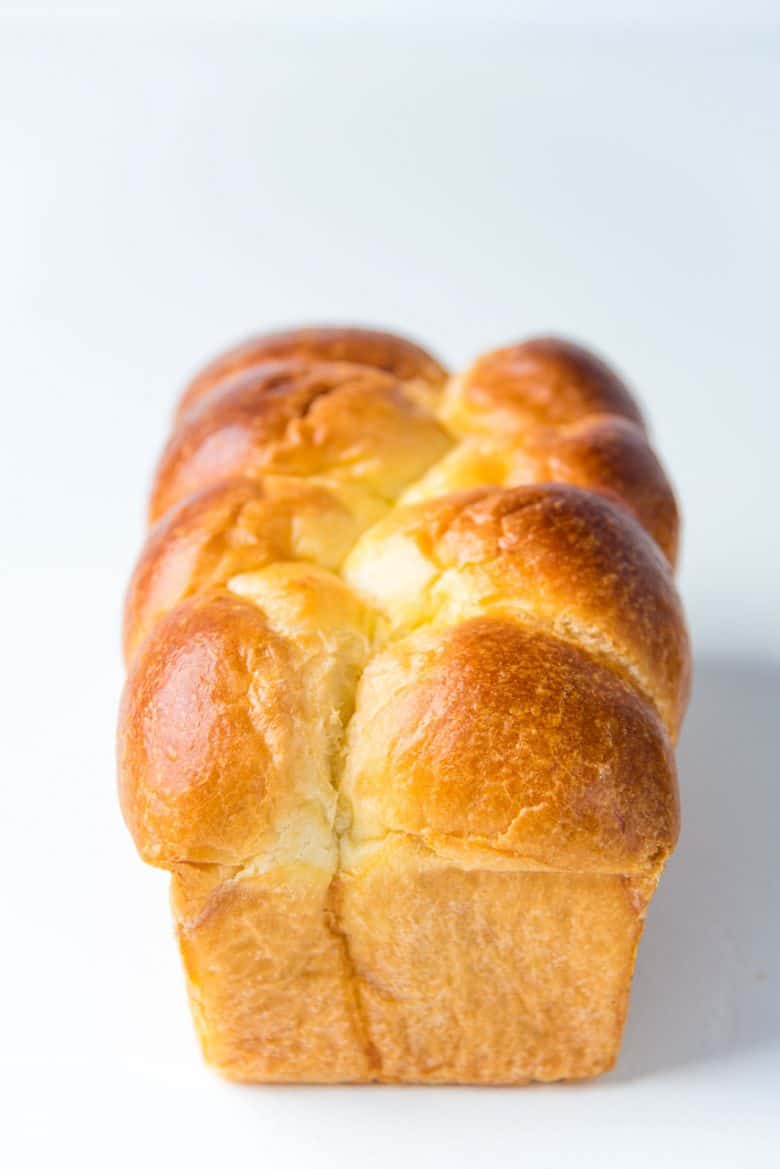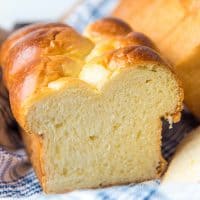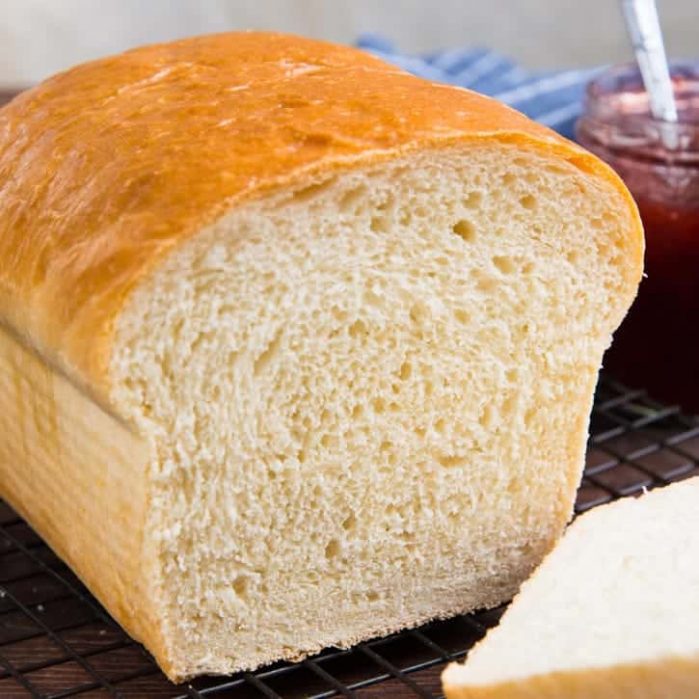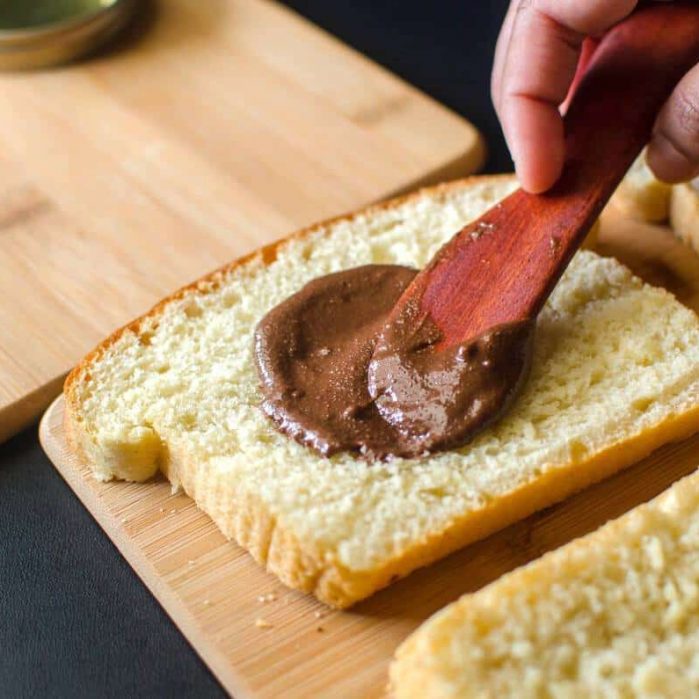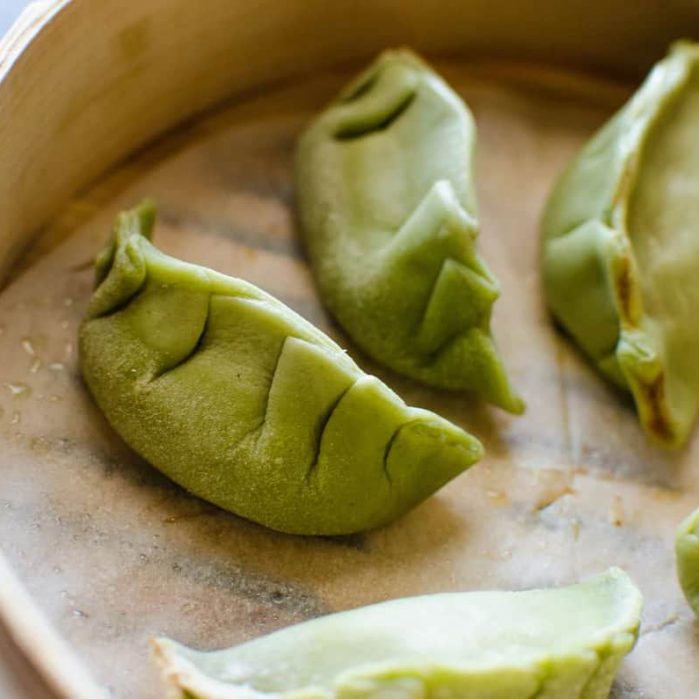Learn how to make authentic brioche bread with this step by step recipe!
A few weeks ago, I was able to live one of my life-long dreams! Granted, it’s only a small part of my dream, but it was still an amazing, fun experience! A short course in Viennoiseries at Le Cordon Bleu was everything I dreamed it would be, and more!
Living a dream
Going to Le Cordon Bleu had been a dream since I realized there was a profession called “pastry chef”. After I completed my bachelors, I was itching to enroll at Le Cordon Bleu in Sydney, Australia for a grand diploma, but had to change my plans because my parents didn’t approve of that career path. I should’ve stuck to my guns in hindsight, but hindsight is 20/20 as they say. So I chose my next love for grad school – science. I still have regrets about not living out that dream, but there still may be an opportunity on the horizon for me. Especially, if I get chances to do short courses like this at the Le Cordon Bleu in Ottawa from time to time! 🙂 So if you’re reading this, and contemplating about your dreams, it’s never too late, and don’t compromise on a dream that you’re passionate about. Learning the techniques, tips and tricks for making viennoiseries was a fantastic experience! And today, I’ll be sharing all of that with you, so you can make the best brioche bread at home too!
What is brioche?
Brioche bread is a French bread, and a cross between a pastry and bread. This is because the bread is enriched with butter and eggs. It belongs to the family of viennoisseries (think croissants, Danish pastries, sweet rolls etc.). It’s a very buttery, soft and delicious bread and can be made into sweet brioche or savory brioche.
Why this is the best brioche bread recipe!
This is a tried and true brioche dough recipe from Le Cordon Bleu, but adapted it for home bakers. I’ll be sharing step by step instructions, so you know what to look for at each step. Details on how to tell when the brioche is ready after kneading and proofing, so you won’t get gluey and under-baked brioche, or dry and crumbly brioche. Three shaping techniques for your brioche loaf are also included here.
Professional recipe vs my brioche recipe
Here, I’ll be sharing my recipe for making amazing brioche dough at home! I had to make some changes to the recipe I tried at Le Cordon Bleu, in order to make it more accessible and convenient for home bakers, but still maintain the authentic richness and taste of classic brioche dough. The biggest challenge was that the orignal recipe didn’t use any water or milk, and used fresh yeast. Here’s the problem with that,
While fresh yeast doesn’t need liquid to dissolve, fresh yeast also isn’t very accessible to a home baker. And to use any other kind of yeast, the dough will need liquid to dissolve the yeast, and that has a big impact on the recipe too.
So to fix this issue, we will be,
Using active dry yeast instead of fresh yeast – since active dry yeast is concentrated, you will only have to use about 1/2 the amount by weight. Active dry yeast will require liquid to be activated and dissolved in. Substituting some of the egg with milk. Eggs play a big role in adding richness to brioche – especially egg yolks. So, instead of removing a whole egg, I’m removing ONE EGG WHITE, and substituting it with warm milk instead. This will allow the yeast to properly dissolve, while still keeping the richness of the dough.
Understanding dough
Gluten and yeast are what make bread. Gluten gives bread the structure it needs. The gluten in the flour develops in the presence of a liquid like water, and that gluten development is faster when the dough is kneaded. The yeast in the dough will emit CO2 as it multiplies, and the gluten matrix will in turn expand as it traps more and more CO2. Gluten develops well in water, but fat hinders gluten development. With an enriched dough like brioche, all the fat from the yolks and butter works against its gluten development. However, it also keeps the dough super soft and rich in flavor giving it an almost cake-like texture! That is why brioche dough needs to be kneaded for much longer for good gluten development. Since the dough will be quite slack and sticky, a stand mixer is highly recommended to knead the dough until smooth and velvety.
Can I make brioche bread without a stand mixer?
The brioche dough is generally harder to work with due to the soft consistency, so a stand mixer is highly recommended. However, you can knead the dough by hand, but you will need a very clean working surface and patience to really work the sticky, wet dough until you get the right consistency. Do NOT use a hand mixer with the dough hook – it will be too much of a strain on the motor.
So let’s make brioche!
Prep the ingredients
First, have all the ingredients measured and ready to go. Almost all of the ingredients should be at room temperature. The exception is milk, where we want it to be very slightly warm (like tepid water – about 100°F). You can use warm water instead if you want, but milk adds more richness. Make sure to use softened butter. The consistency of the butter is really important, so that it incorporates into the dough quickly and well. On a winter day, you may need to keep it somewhere warm to give the butter a chance to really soften (to 73 – 75°F). If you press the butter with your finger, you would easily be able to leave a mark, with no resistance. But the butter has NOT melted. This is the consistency you want with your butter.
Activate the yeast
First, activate the yeast. Since we’re using active dry yeast, the yeast needs to be dissolved and activated. This will ensure the yeast incorporates evenly into the dough. Place the milk and honey in the mixer bowl and sprinkle the yeast on top. Gently whisk to mix the yeast, and let it sit for about 15 minutes. In that time the yeast should become frothy and bubbly.
Make the base dough
Add the vanilla, sugar, large eggs and egg yolk, and just break up the yolks. Add the flour, and finally, add the salt over the flour (this is important! Do NOT add the salt directly to the yeast mix). Using the hook of your mixer, or a dough whisk, mix all the ingredients in the mixing bowl to form a scraggly dough. Place the bowl on your mixer with the dough hook attached. Start kneading the dough on speed 2 – 3 (low – medium low speed) for about 1 minute.
Adding the butter
Then add the butter in four additions, with about 2 minutes of mixing time between each addition. Each portion is added one tablespoon at a time, to make sure the butter is completely incorporated every time. Make sure to use a dough scraper (or bowl scraper) to scrape the sides as you go. The dough will be very slack and sticky after the butter is added. However, as you knead the dough, it will turn into a smooth, shiny dough that’s a little tacky, but doesn’t stick to the sides of the bowl.
Developing the gluten
Once the butter is added (a total of about 8 – 10 minutes), increase the speed to 5 – 6 (medium speed). Knead the dough for a further 10 minutes or so, until you get the right consistency. This is where the gluten development occurs. As the gluten matrix forms in the dough, it will become satiny and smooth. It will stick less to the sides of the mixer bowl. And if you use the dough hook to lift the dough from the bowl, it should lift cleanly from the bowl, while still being really soft. The time it takes for the dough to be properly kneaded will vary. It can take as little as 8 minutes or as much as 15 minutes. It depends on the speed of the mixer, the type of mixer and other environmental factors too. Look for the signs to make sure it’s done. The whole mixing time from start to finish can be between 20 – 30 minutes.
First proofing
This first proofing is very important. As the yeast multiplies and emits CO2, the dough will expand, further developing the gluten matrix.
Turn the dough out onto a floured work surface and shape the dough into a smooth ball of dough. Since the dough will be really soft, make sure your hands are lightly floured too.
Place the shaped dough back in the bowl or a different large bowl (you don’t have to butter it, since brioche is so rich it shouldn’t stick to the bowl). Cover with plastic wrap and let the dough at least double in size in a warm place.
If you’re living in a colder climate like me, it’d be hard to find a place that’s warm enough in the kitchen in winter. So what I do is, I turn the light on in my oven, and keep the bowl in the oven. The oven warms up when I cook on the stove too, so it helps the dough proof.
Depending on the temperature, the brioche dough will proof in 1 hour, but it can take up to 2 – 2.5 hours too.
The first proofing is complete when the dough has AT LEAST doubled in size, or even tripled!
Retard proofing the dough
This is the name for letting the dough proof in the fridge. This low temperature proofing is a much longer process, and helps develop the flavor of the dough. In a more practical sense, it makes the dough far easier to handle when it’s time to shape the loaves, plus it allows the dough to rest. After the first proof, turn the dough out onto a lightly floured surface. With lightly floured hands, shape the dough again, and form a dough ball with a smooth, taut surface. Transfer the dough back into the bowl, cover with plastic wrap and place it in the fridge. This dough can be stored in the fridge for up to 24 hours (maybe even 48 for a stronger flavor).
Shaping the bread loaves
When the dough is nice and chilled, it can be divided and shaped. You can either bake them in a loaf pan, or even a cake pan. In the case of the braided loaf, you can bake that on a baking tray too. With this recipe, you can make TWO bread loaves. You can shape them in one of three ways (there are more ways, but I’m only going to talk about 3 here). Turn the dough out onto a lightly floured surface and gently flatten the dough into a circle. This will also help release any gas in the dough. Weigh and divide the dough into two portions.
Simple loaf – easiest way to shape the dough
This is the easiest way to shape the loaf. It’s a standard loaf shape with no patterns. This is very similar to how I shaped my white bread loaf which you can find here.
Braided brioche loaf
This is a classic braided loaf that can be either baked in the loaf pan, OR baked as is on a baking tray. This is made by dividing the dough into 3 equal portions, then shaping each portion into a long “rope”, then forming a braid with the 3 “ropes”.
Nantaise brioche loaf
This is also a very classic way of shaping brioche dough. I call it a faux-braided loaf, because it looks braided, but it’s not. The dough balls can also be cleanly pulled apart from the dough with this loaf. The dough is divided into 8 equal pieces, and each portion is shaped into a small, smooth ball. The balls are then placed in a zig-zag pattern in the loaf pan as shown below.
Final proofing and baking
Cover the shaped dough in loaf pans with plastic wrap and allow it to double in size before baking. This will be the final proof. This proofing can also take 2 hours at cooler room temperature, so make sure to keep it in the oven with the light on, or the warmest place in your house. When the dough doubles in size and reaches the top of the loaf pan, it should be properly proofed. Do the finger test to find out if the dough is properly proofed. To do this, gently press the side of the loaf with your lightly floured finger. This leaves an indentation. If this indentation remains, OR if it bounces back halfway, then the loaf is ready to be baked. If the indentation bounces back completely, then it’s under-proofed and needs more time to proof.
What to do if your brioche was over-proofed?
If the indentation causes the loaf to deflate, that means it was over-proofed! If your loaf deflates after proofing, then you have to reshape the dough and start again. Otherwise, baking an over-proofed dough can cause the loaf to overflow, or deflate once baked. So make sure to check on the dough periodically, especially when it has nearly doubled in size.
Egg wash or not?
I prefer an egg wash on my plain brioche bread loaves. It gives it a beautiful, shiny crust! You can alternatively brush the loaf with simple syrup once out of the oven too. But I prefer this option for sweeter brioche bread recipes (like cinnamon rolls or babka). Brush the surface well with an egg wash. You can sprinkle the top with small pearl sugar (Swedish pearl sugar, not the Belgian kind) if you like, for that extra crunch! Preheat the oven while you prep the loaves for baking. Bake the loaves in the preheated oven until the loaf is a beautiful deep golden brown in color, and the internal temperature is about 180° – 190°F when checked with an instant read thermometer. Because this dough is enriched, it doesn’t need to reach 205°F like other types of lean dough. Once baked, turn the loaf out onto a wire rack and allow it to cool completely.
How to enjoy brioche bread
Brioche toast is an incredibly delicious way to enjoy brioche bread. It doesn’t even need any butter because of how rich it is (but it won’t hurt of course!). Slather some jam on your brioche bread, or any kind of spread – like my fig jam, strawberry jam, grape jelly, or spiced plum jam). Make cinnamon toast with the brioche bread. The caramelized crunchy cinnamon on top is a great textural contrast with the soft bread. You can slice the brioche loaf while it’s still a little warm. A freshly baked, warm piece of brioche dough is one of life’s simple pleasures, indeed! 🙂 You can use the brioche dough to make brioche burger buns, or large cinnamon rolls too!
What to do with leftover brioche?
French toastBread puddingCroutonsBread crumbsBostockStuffing
